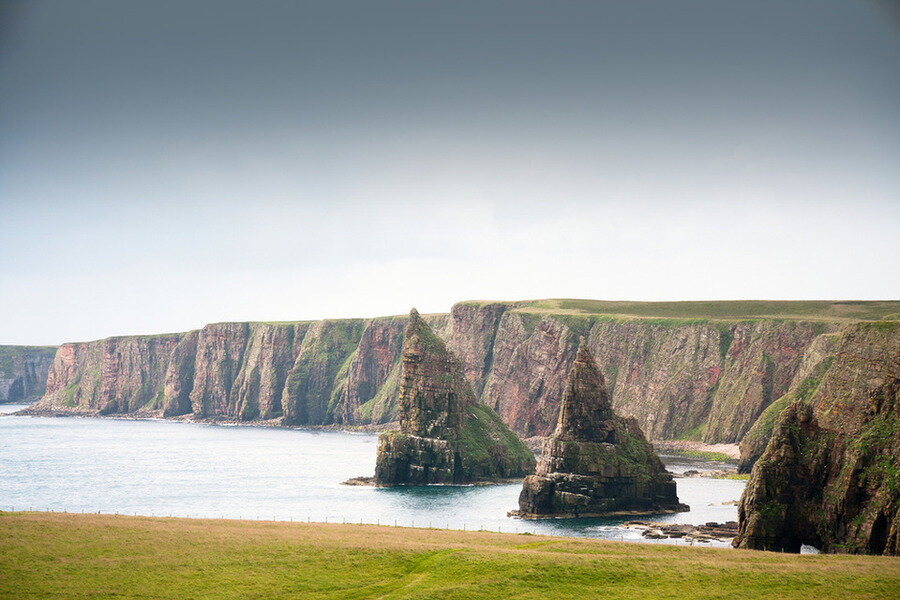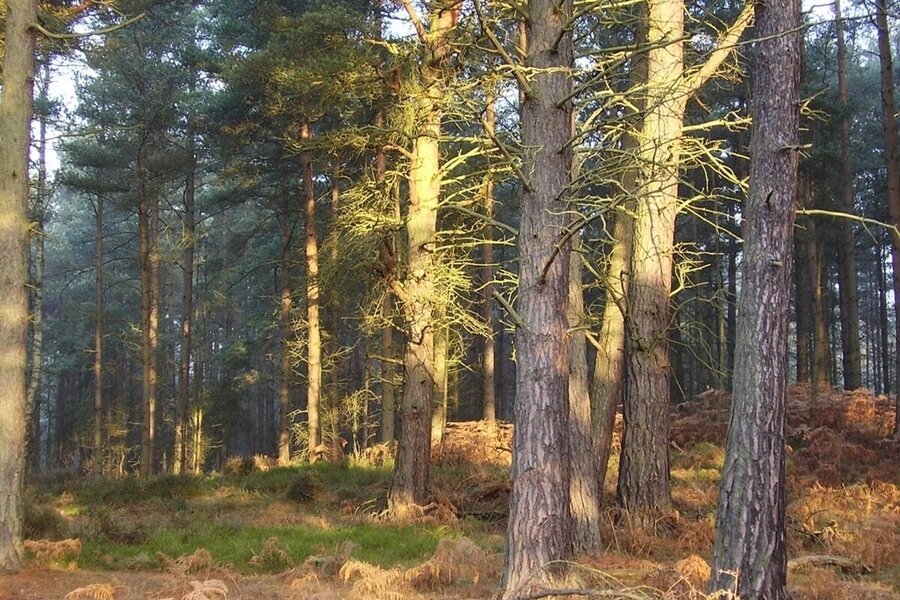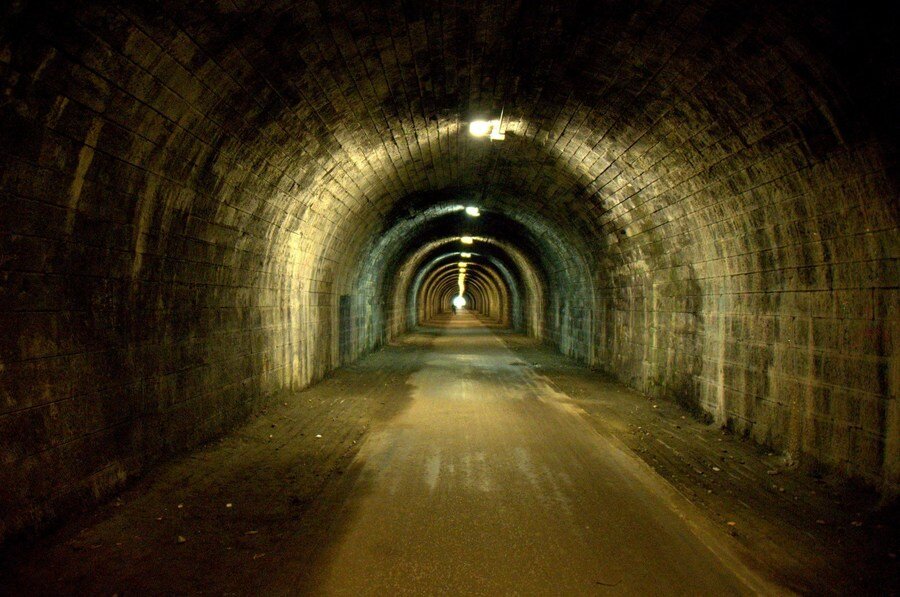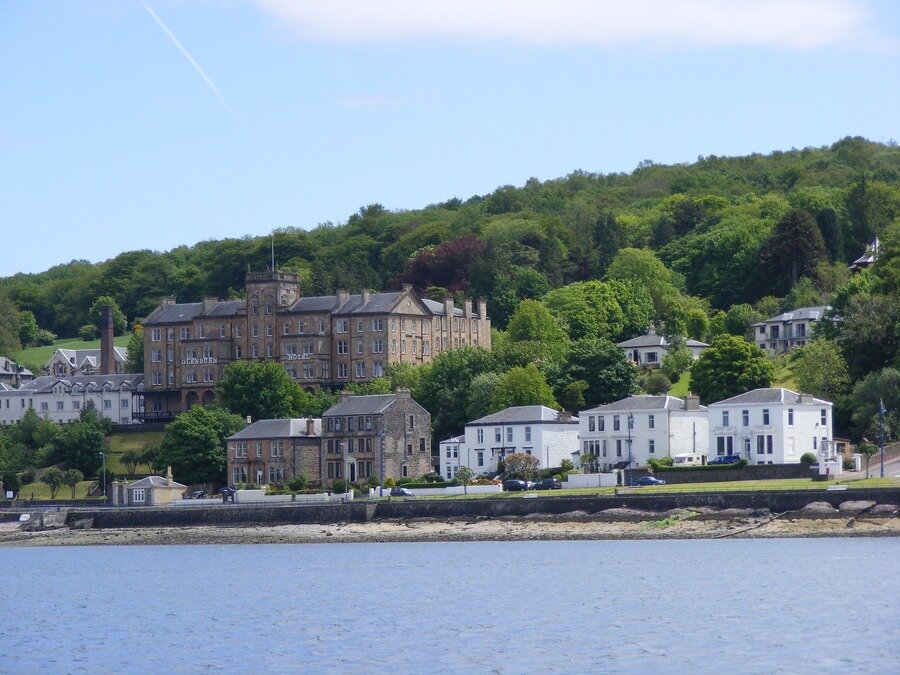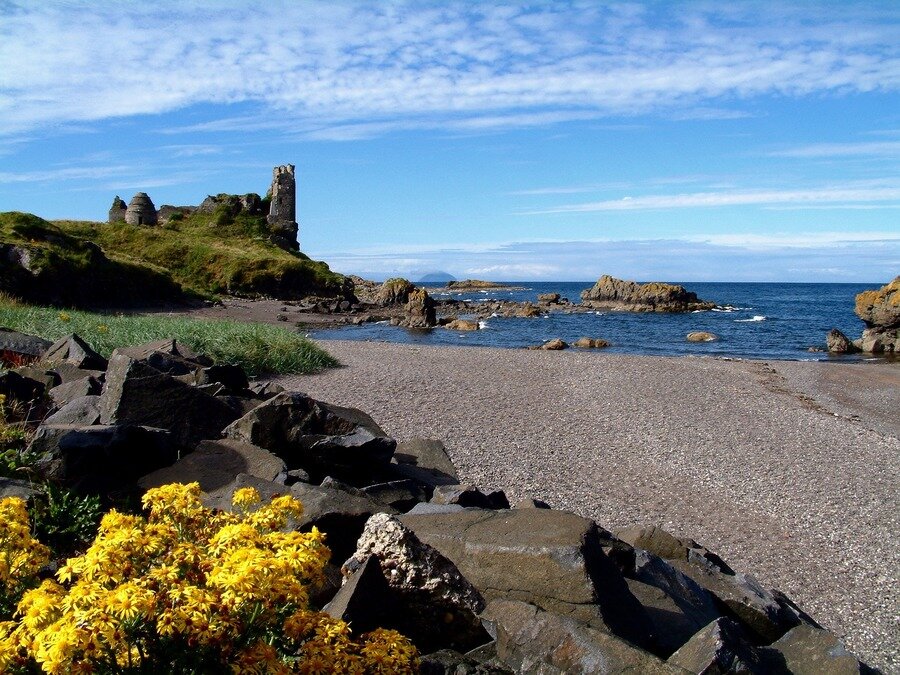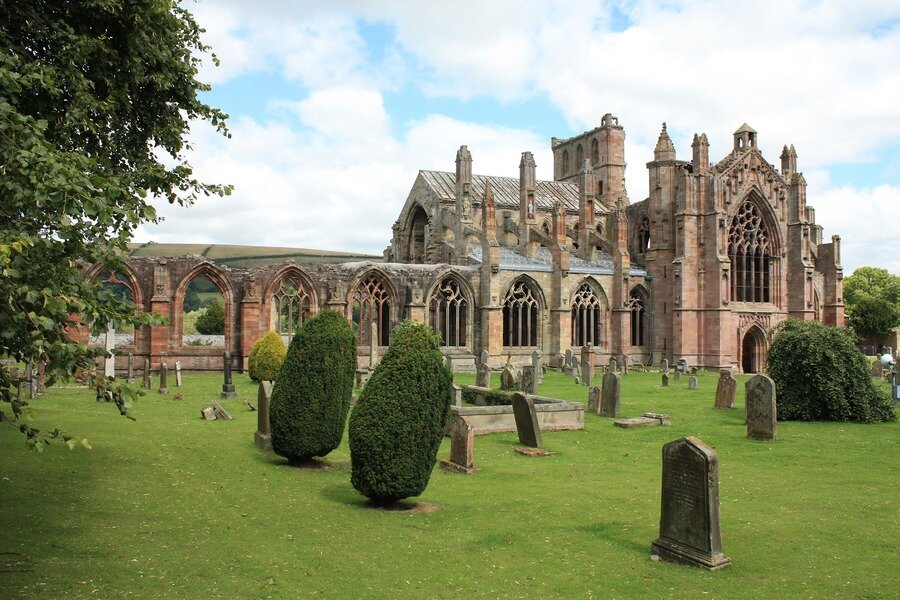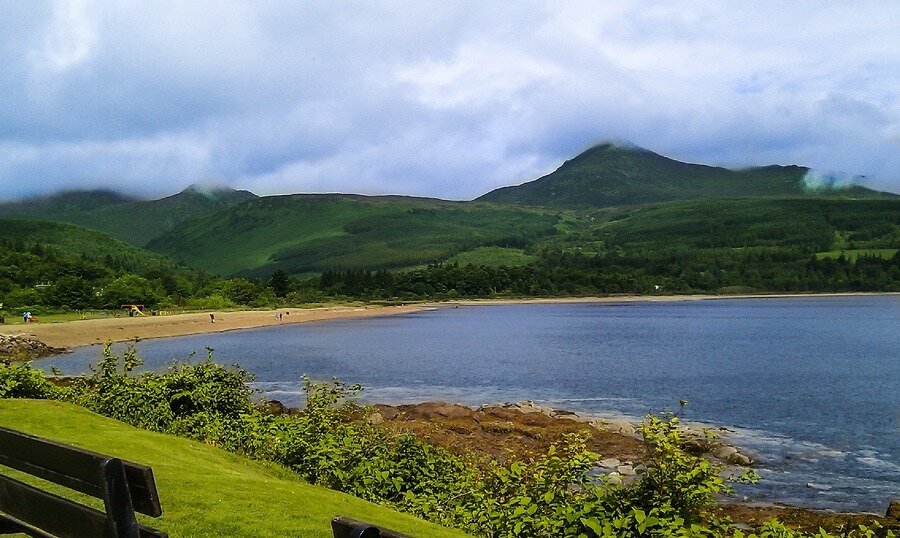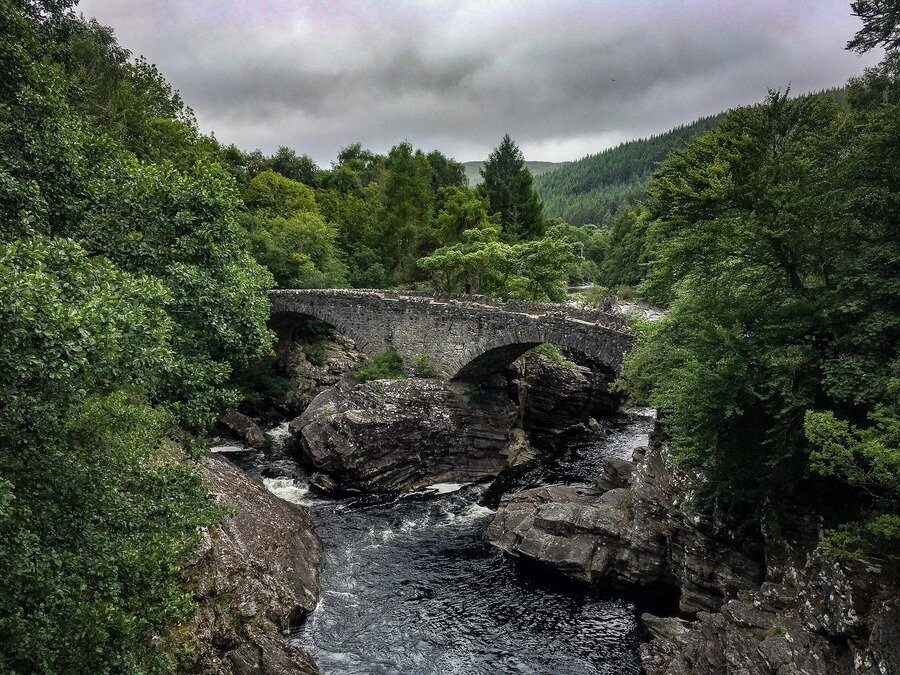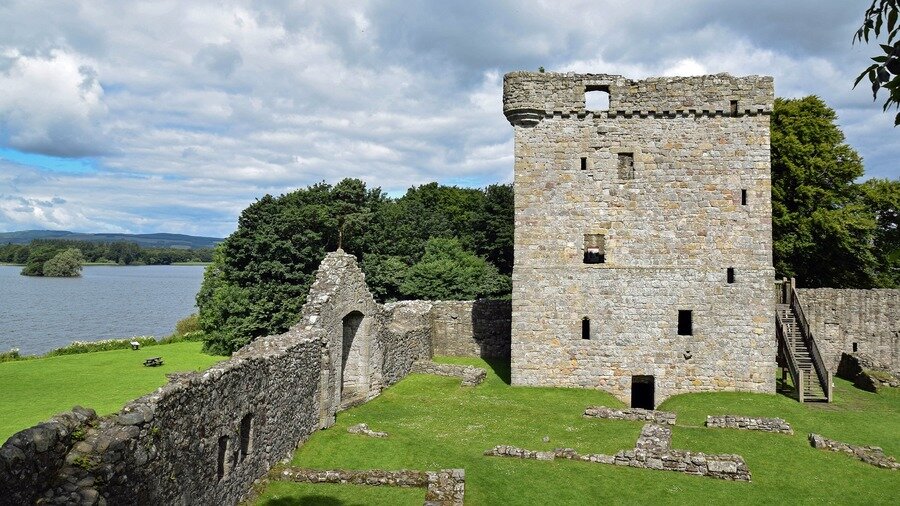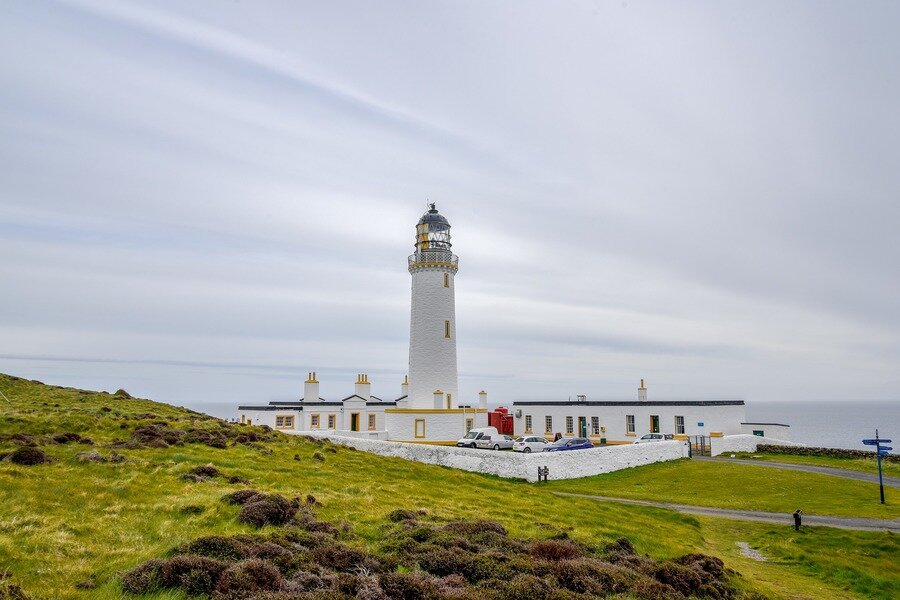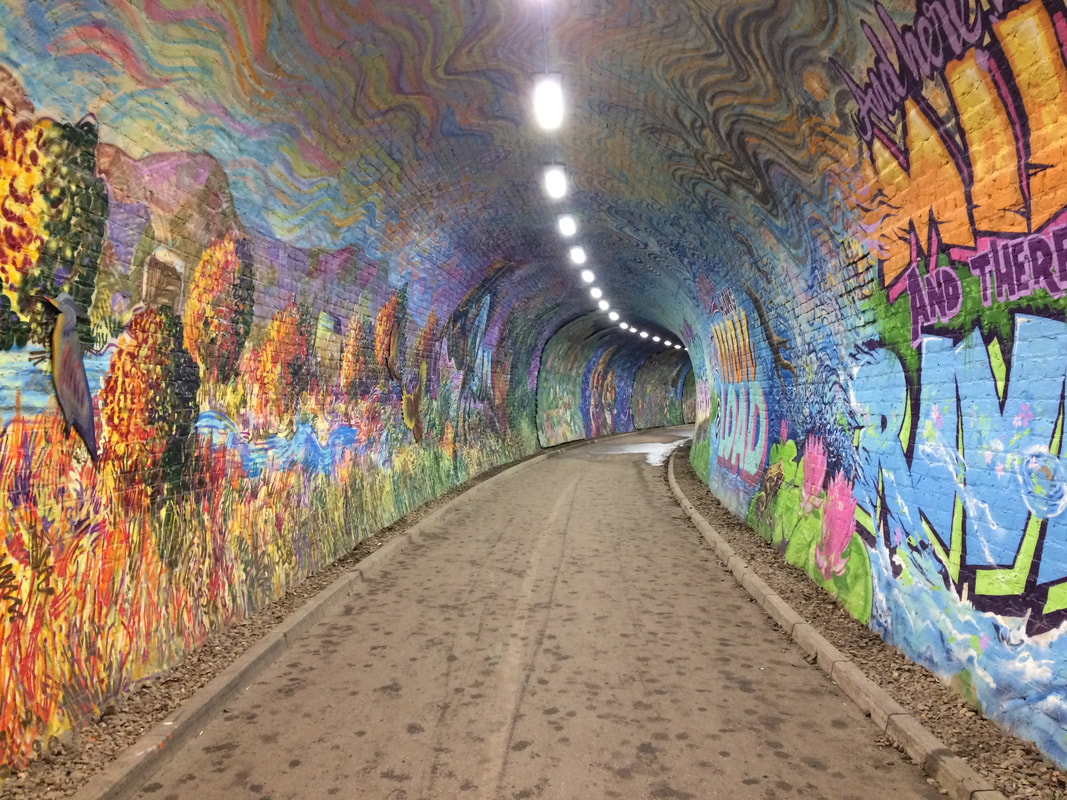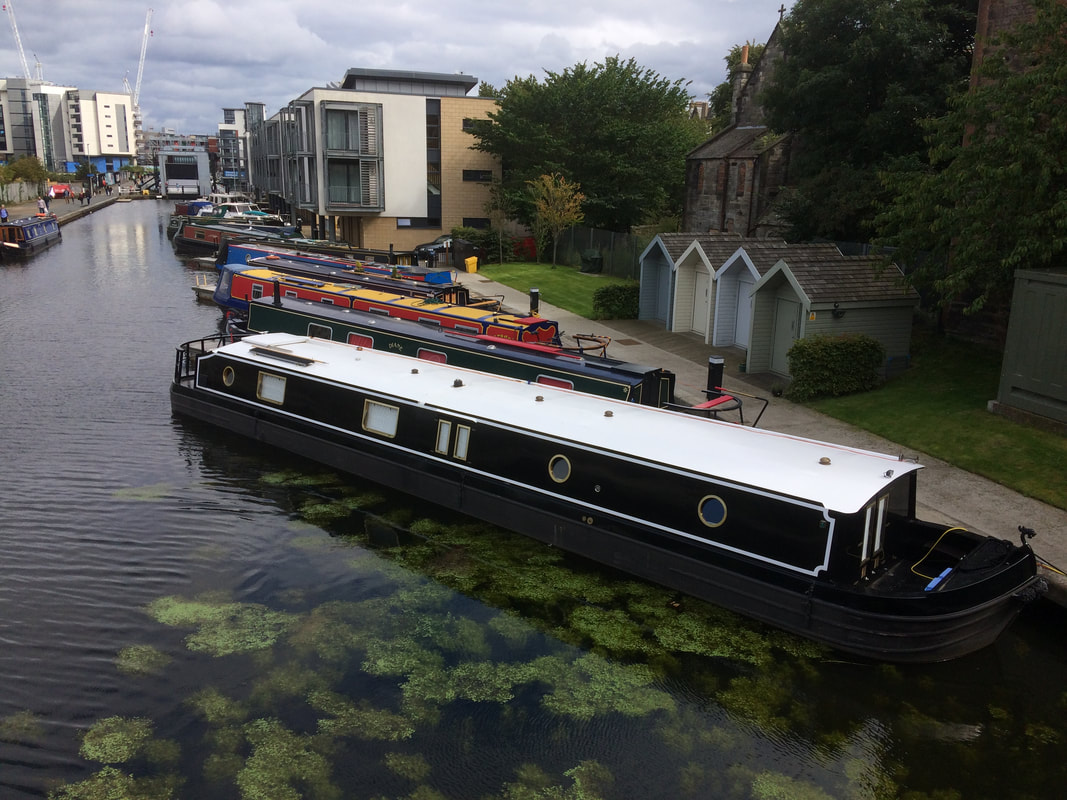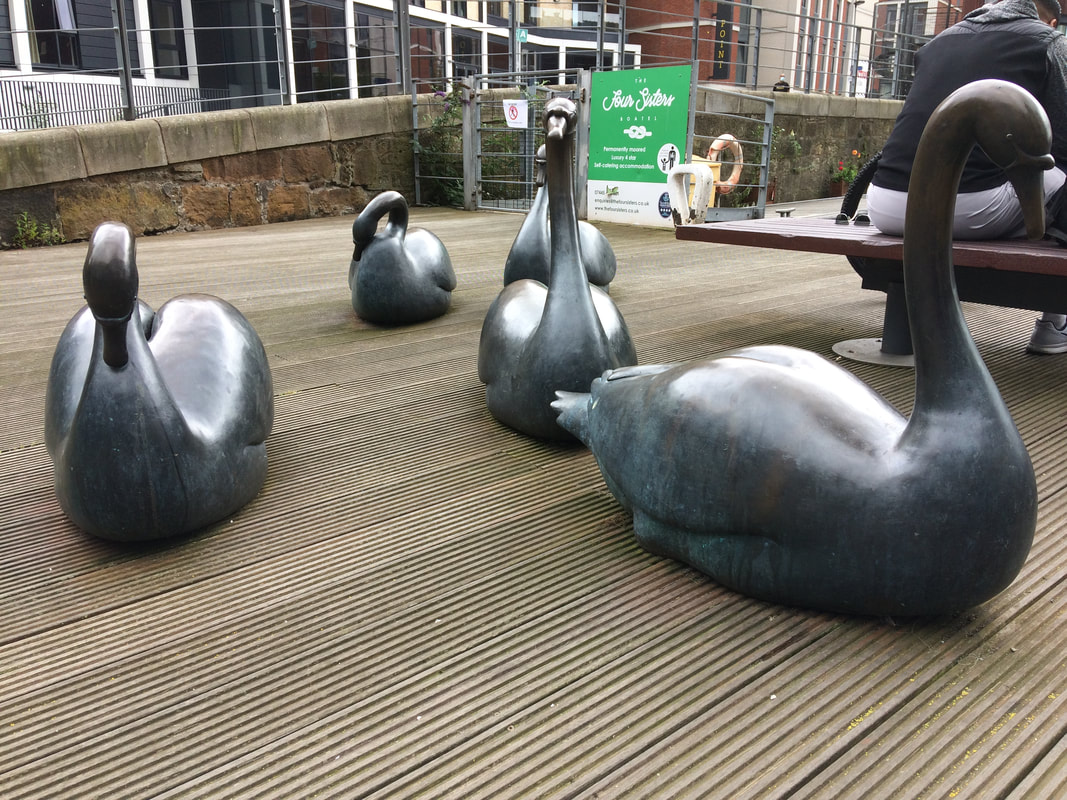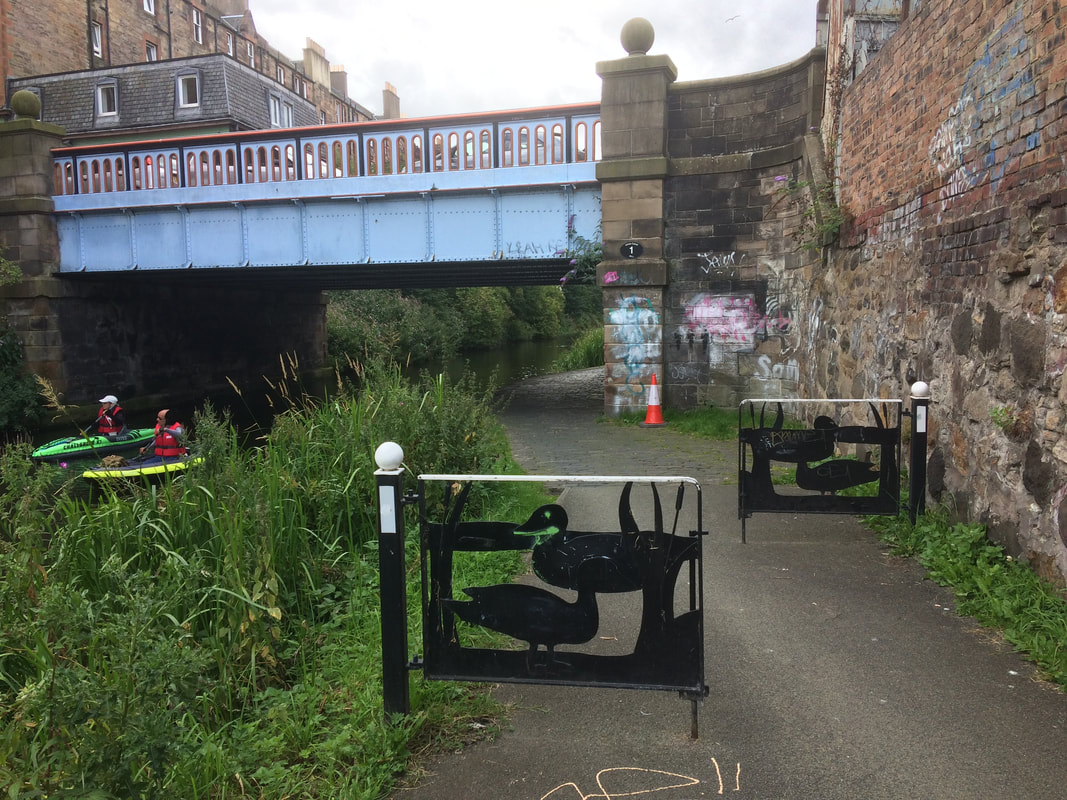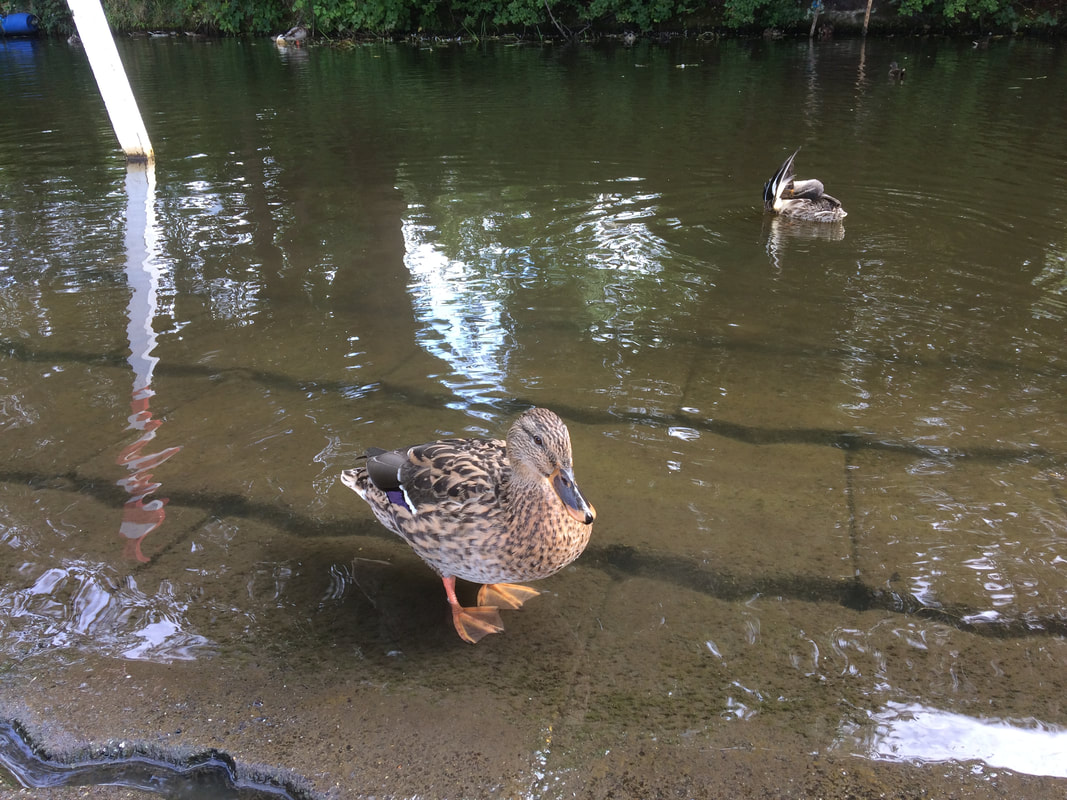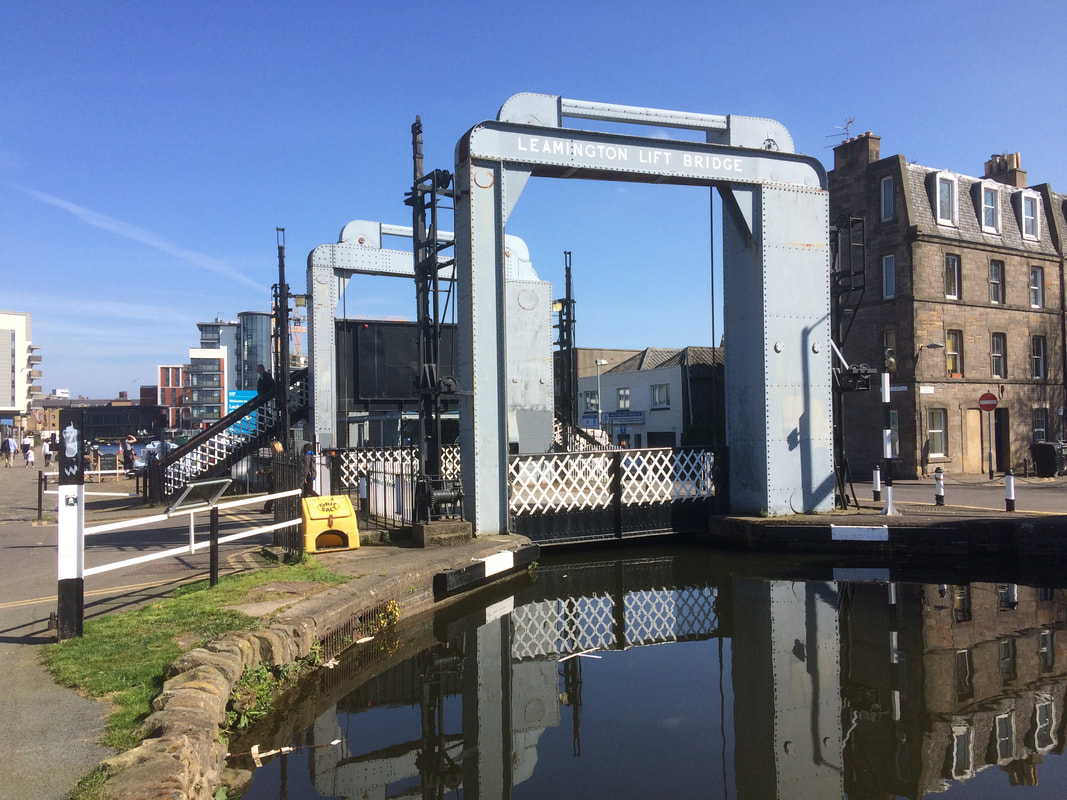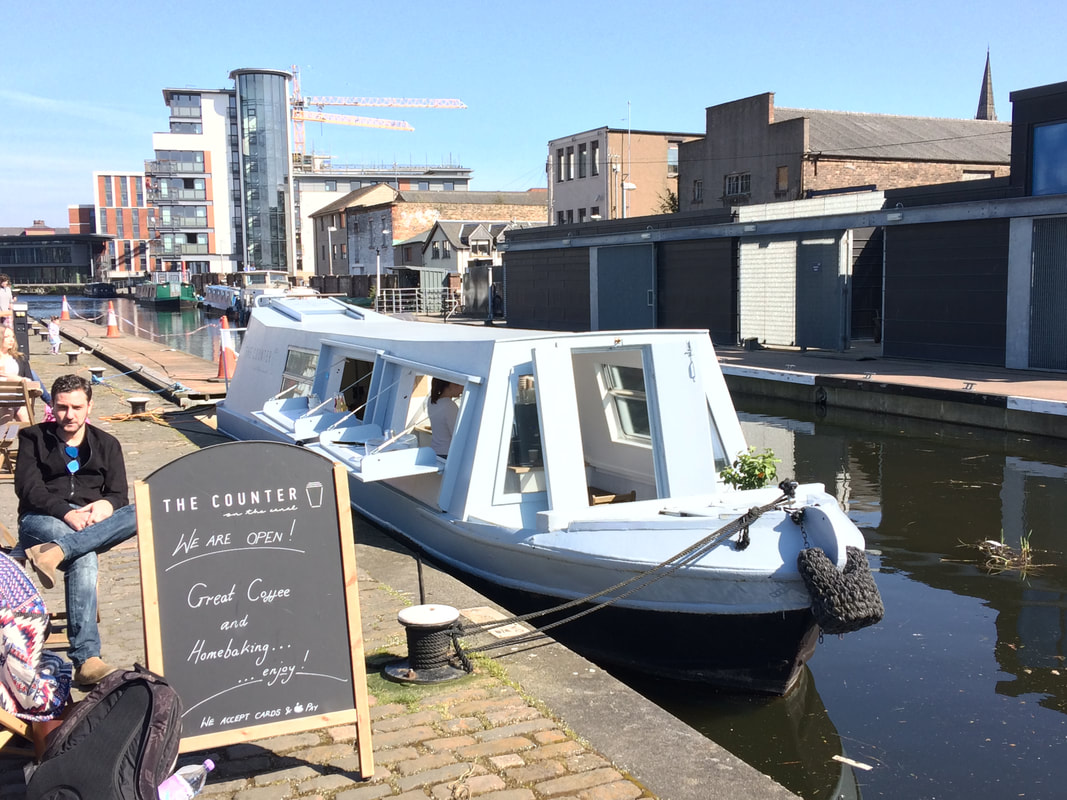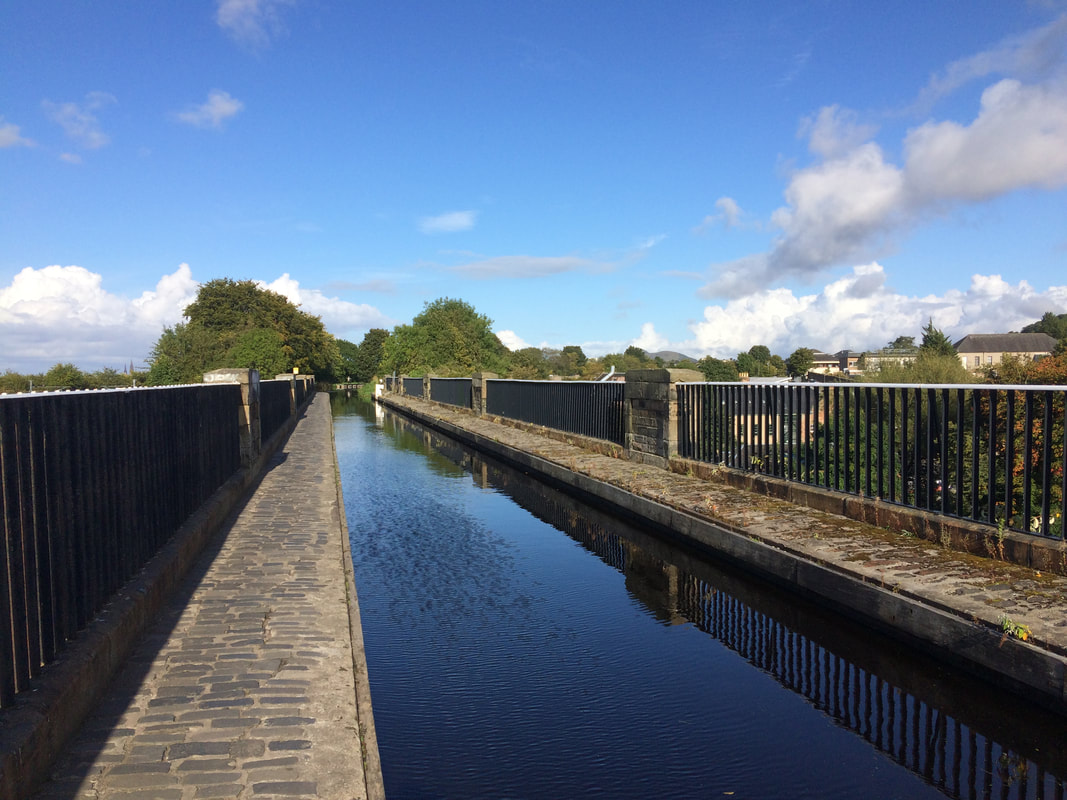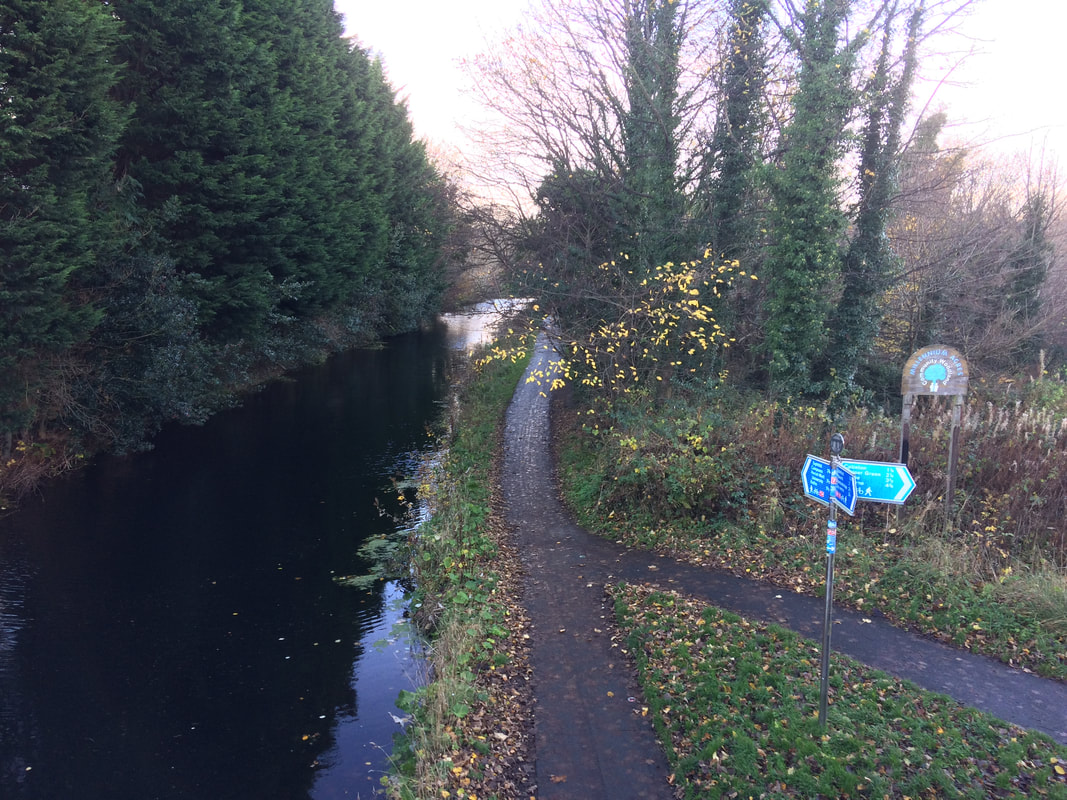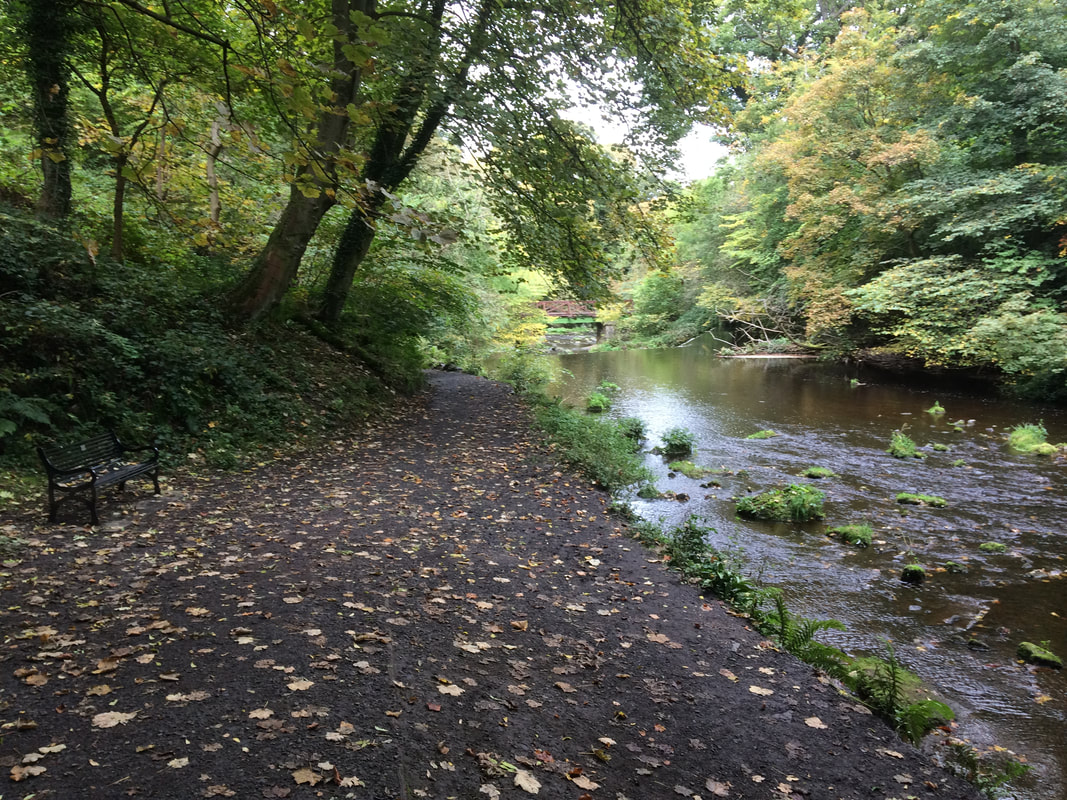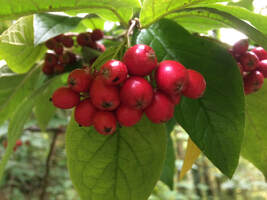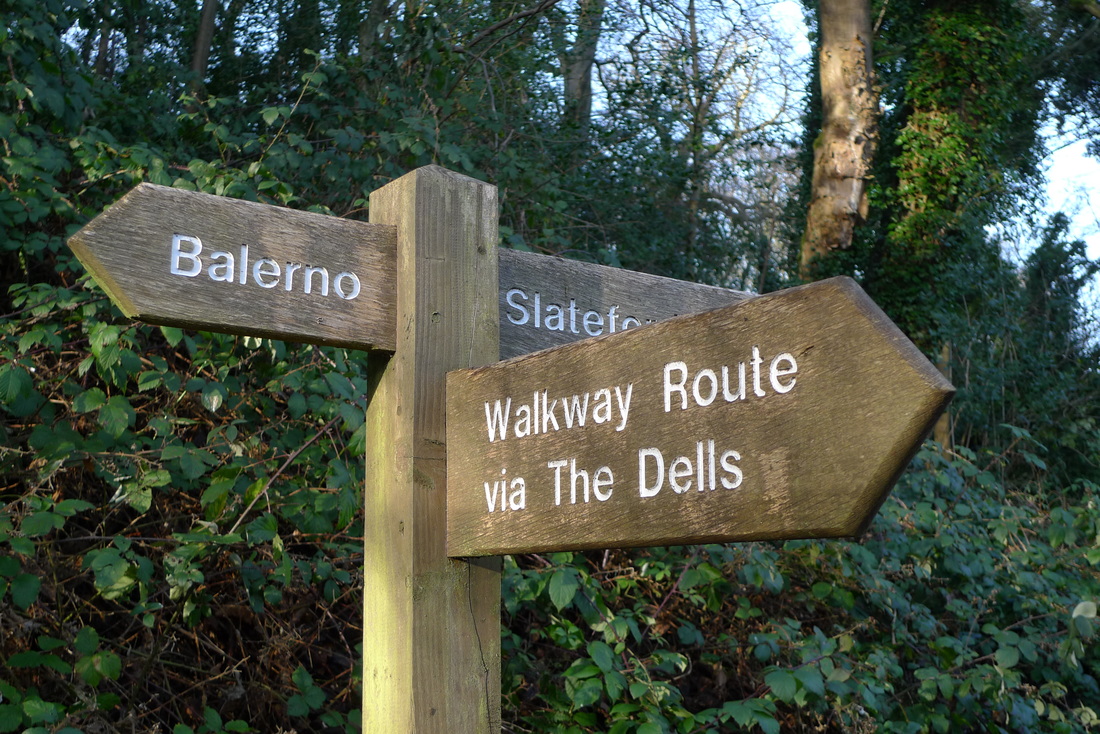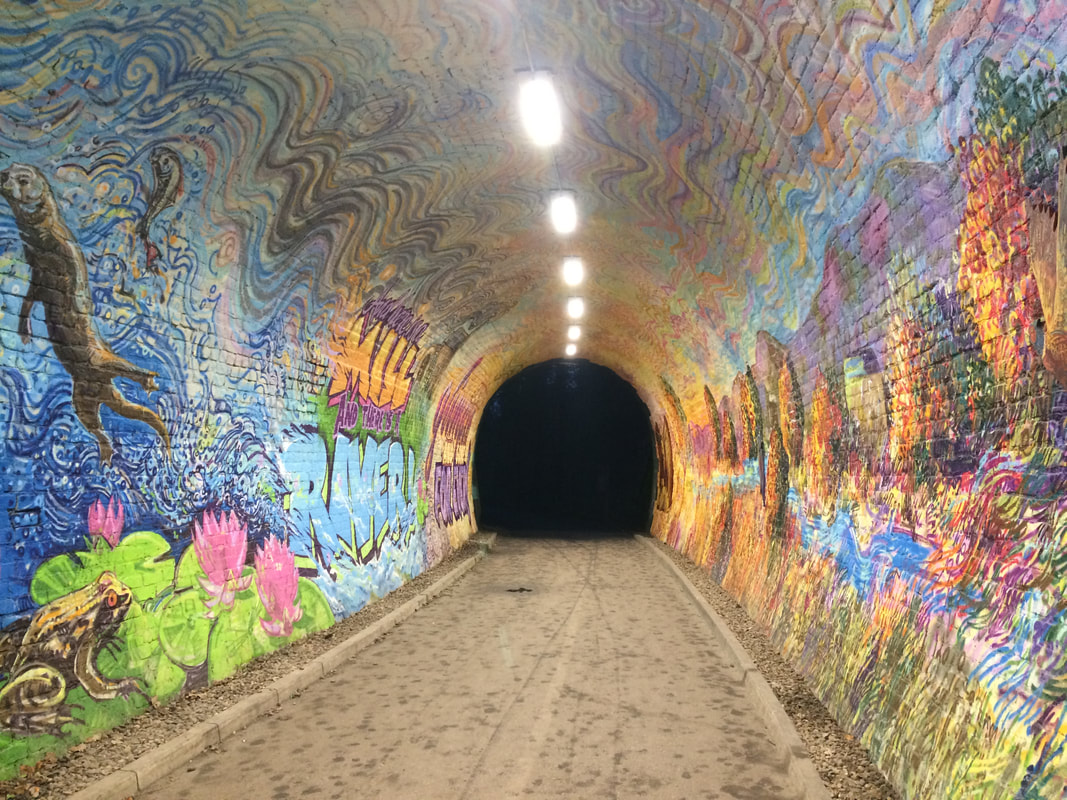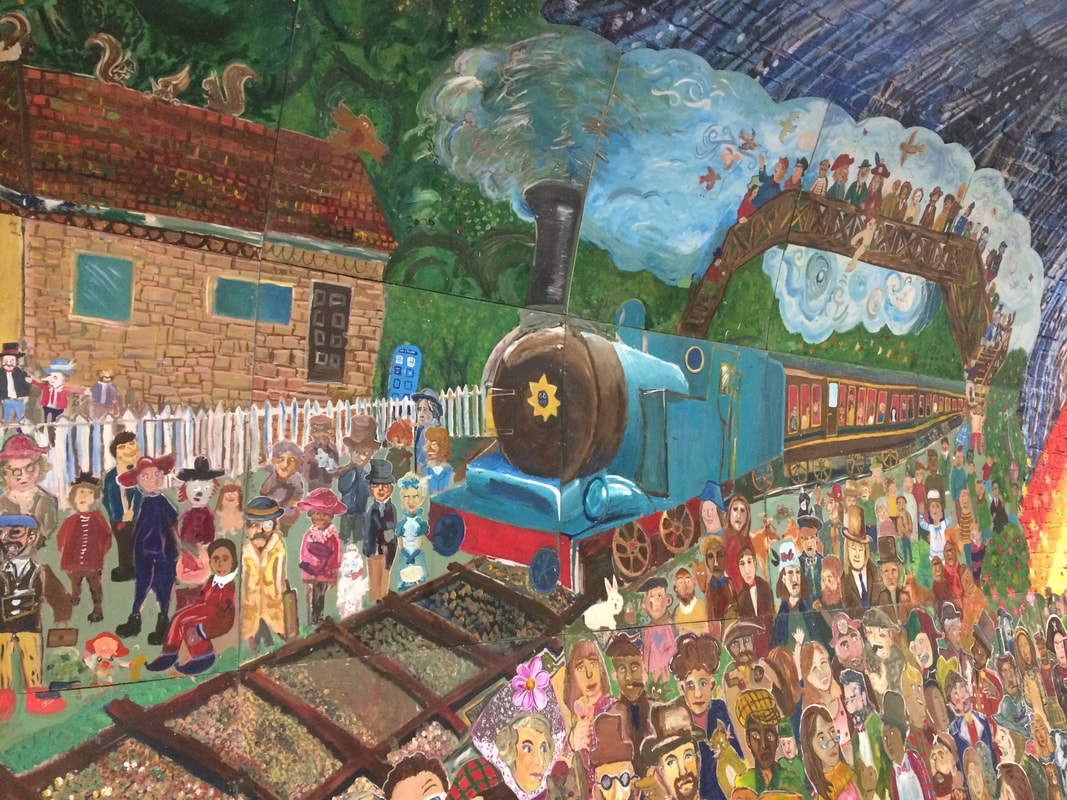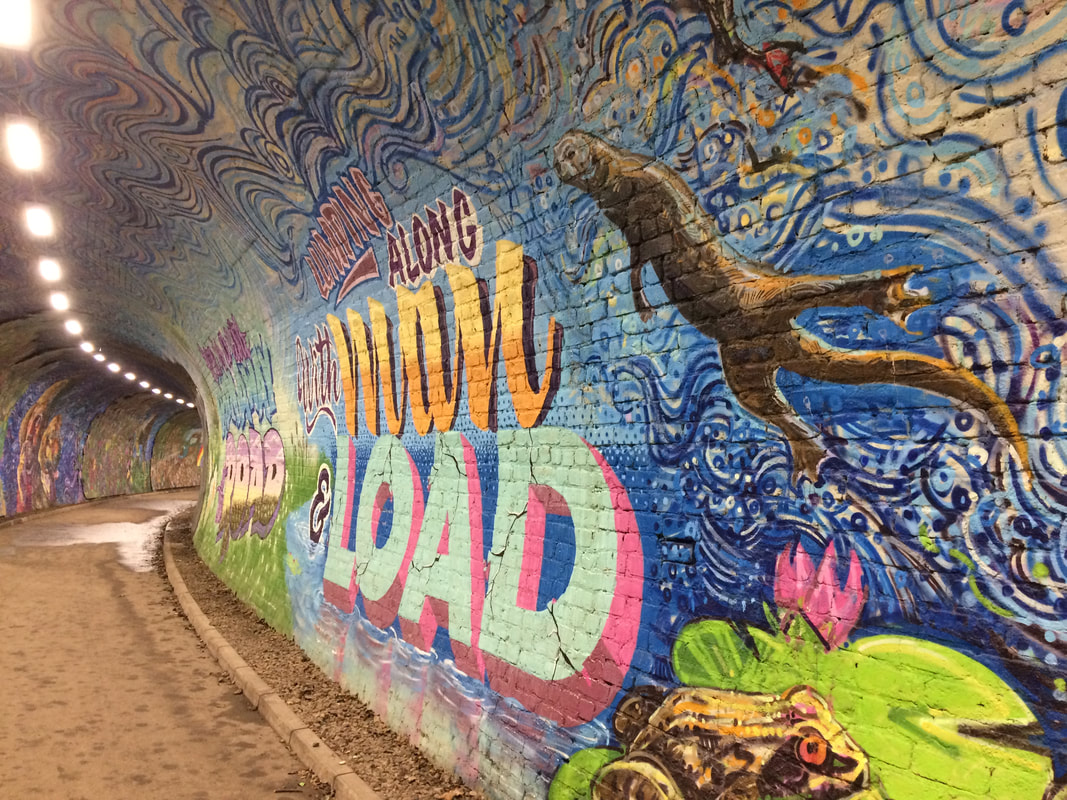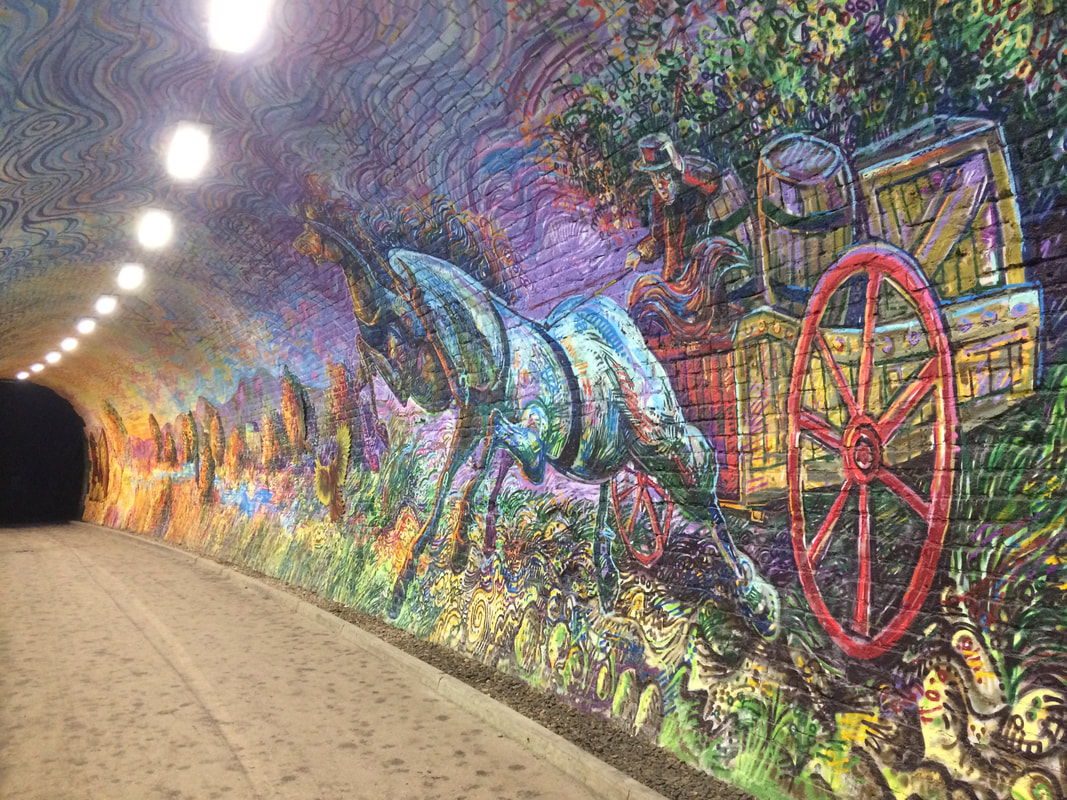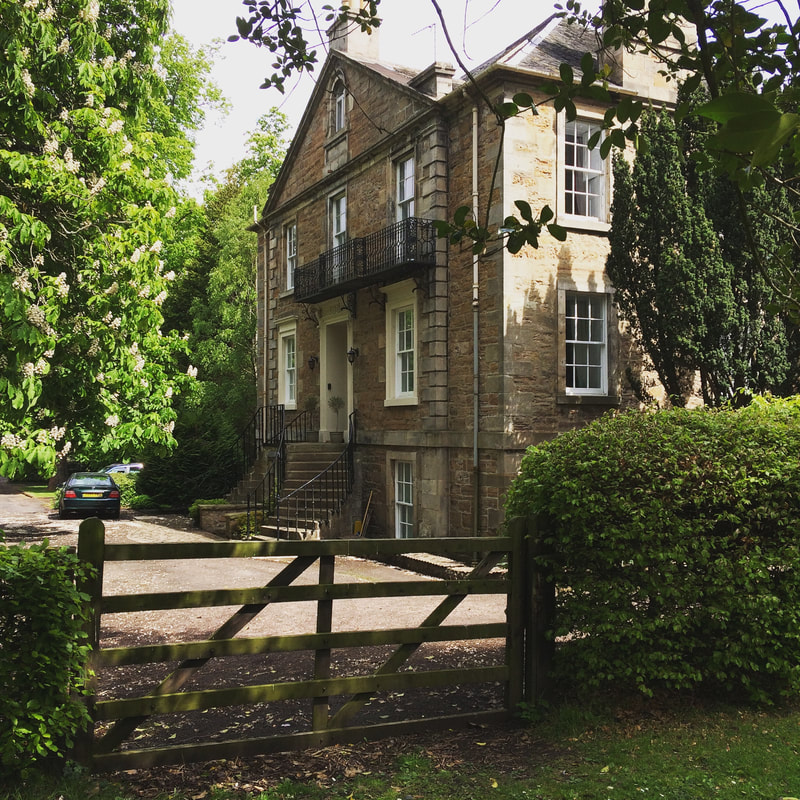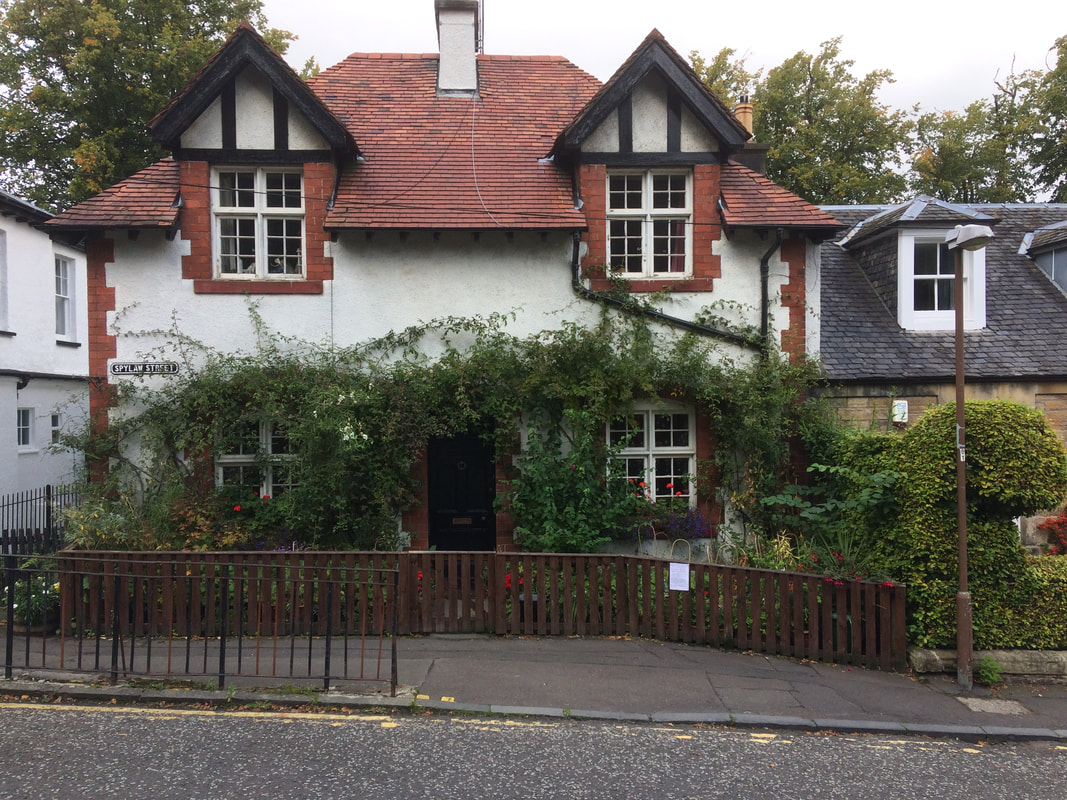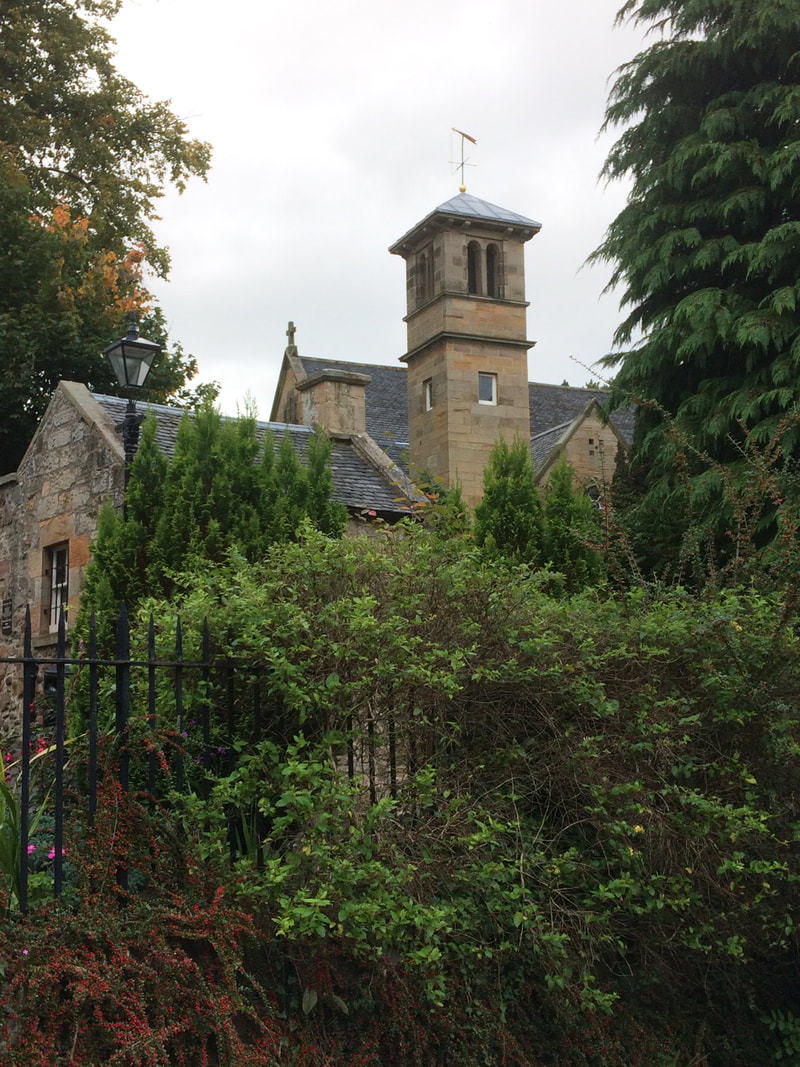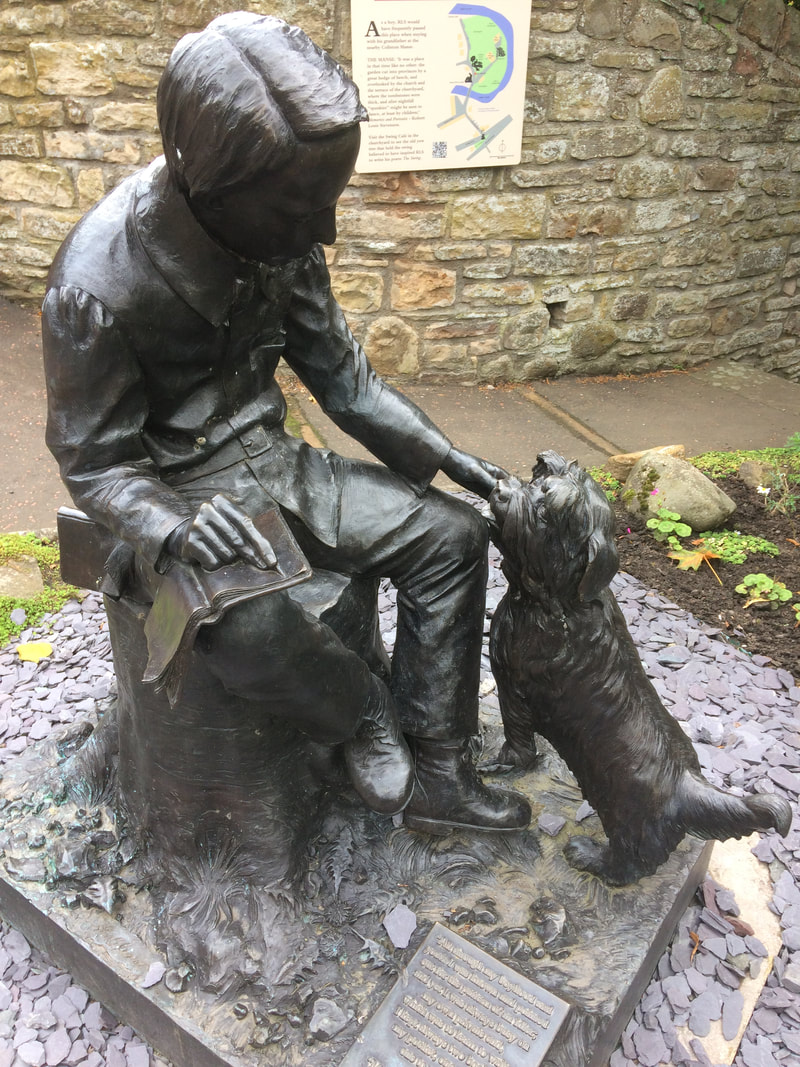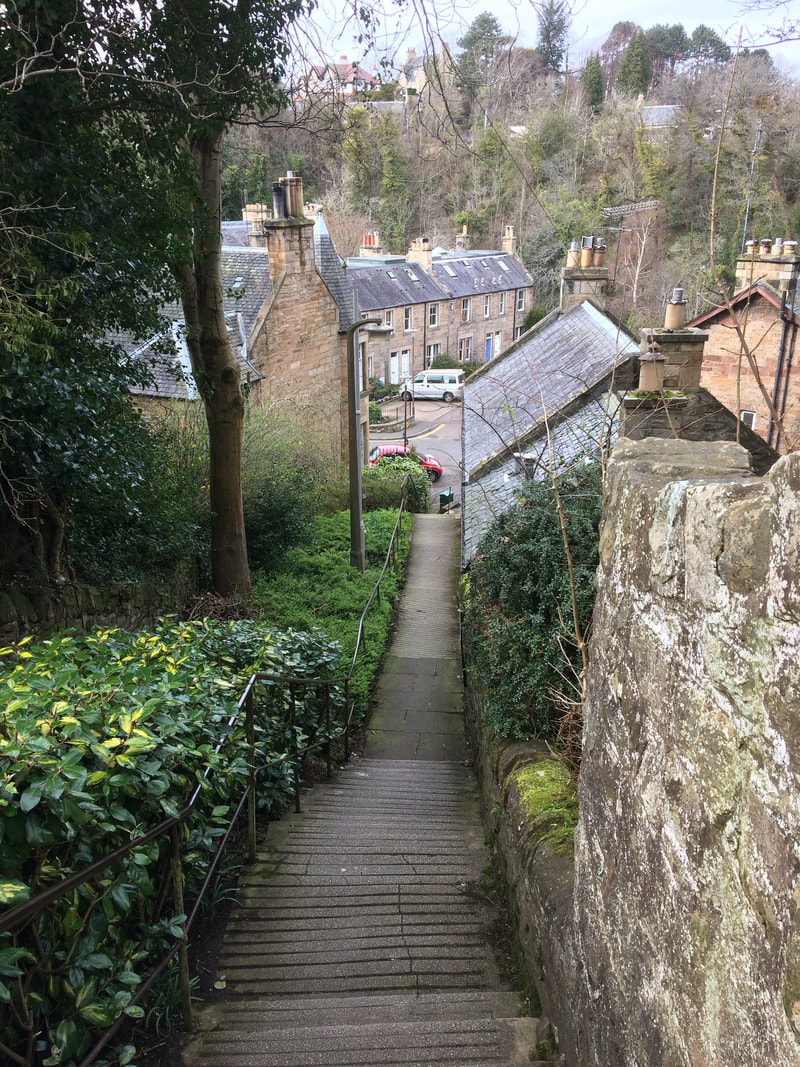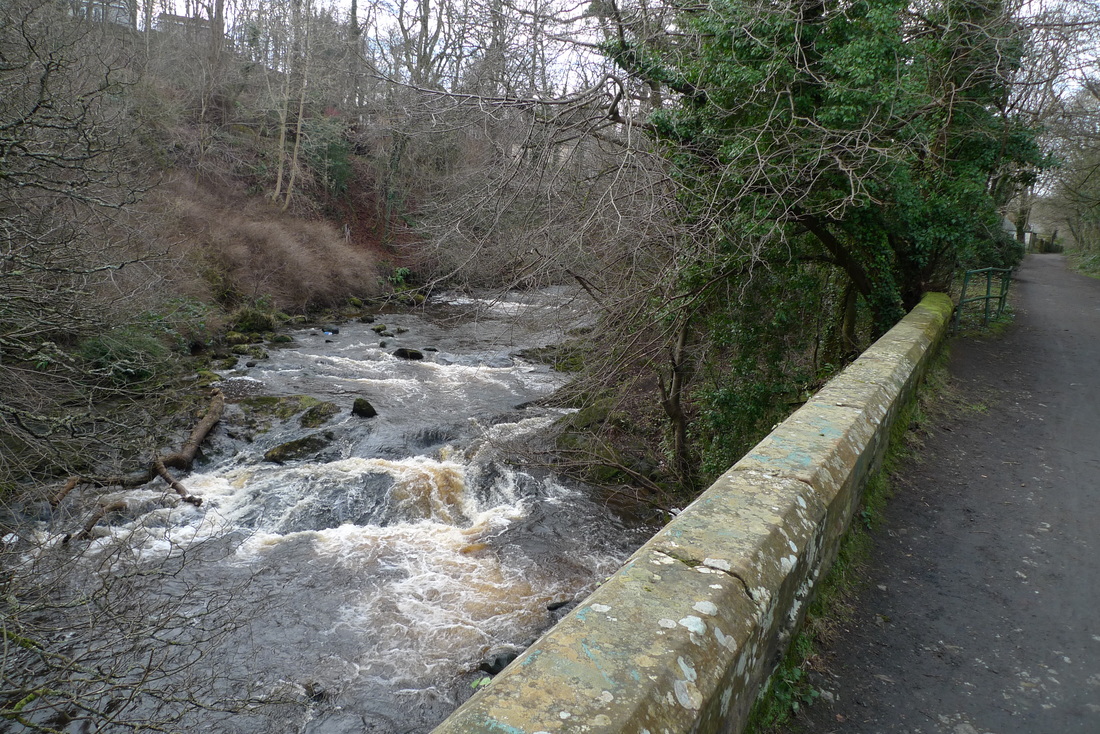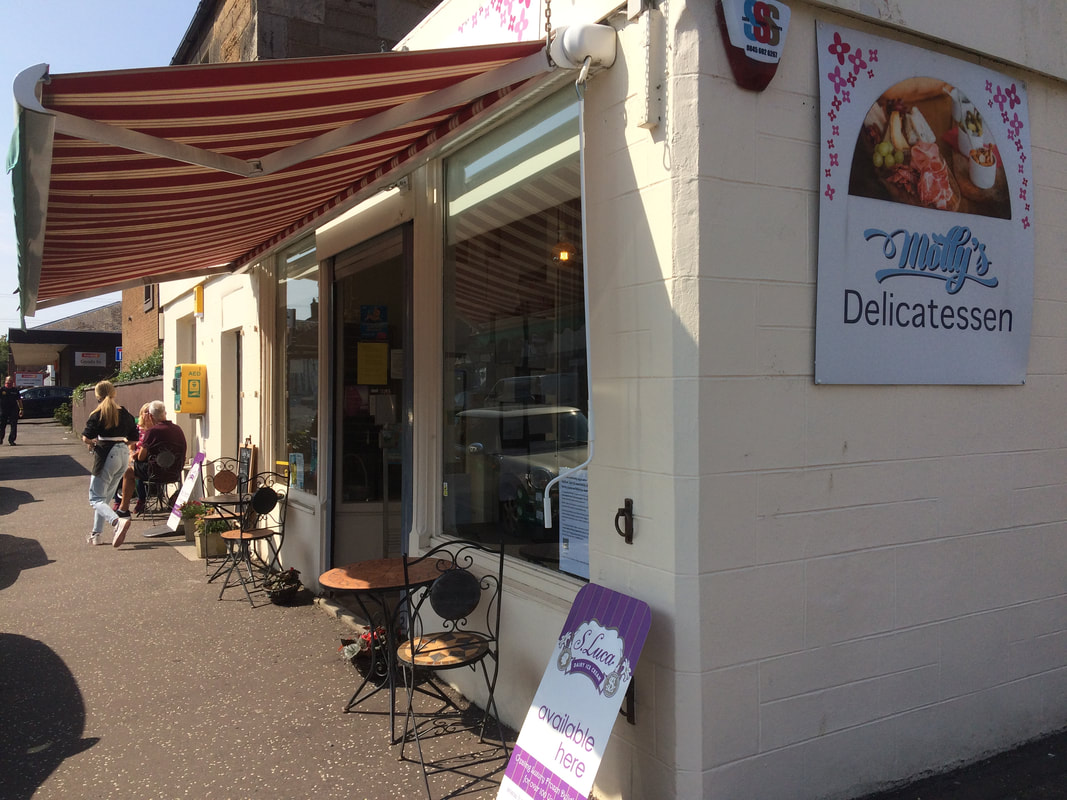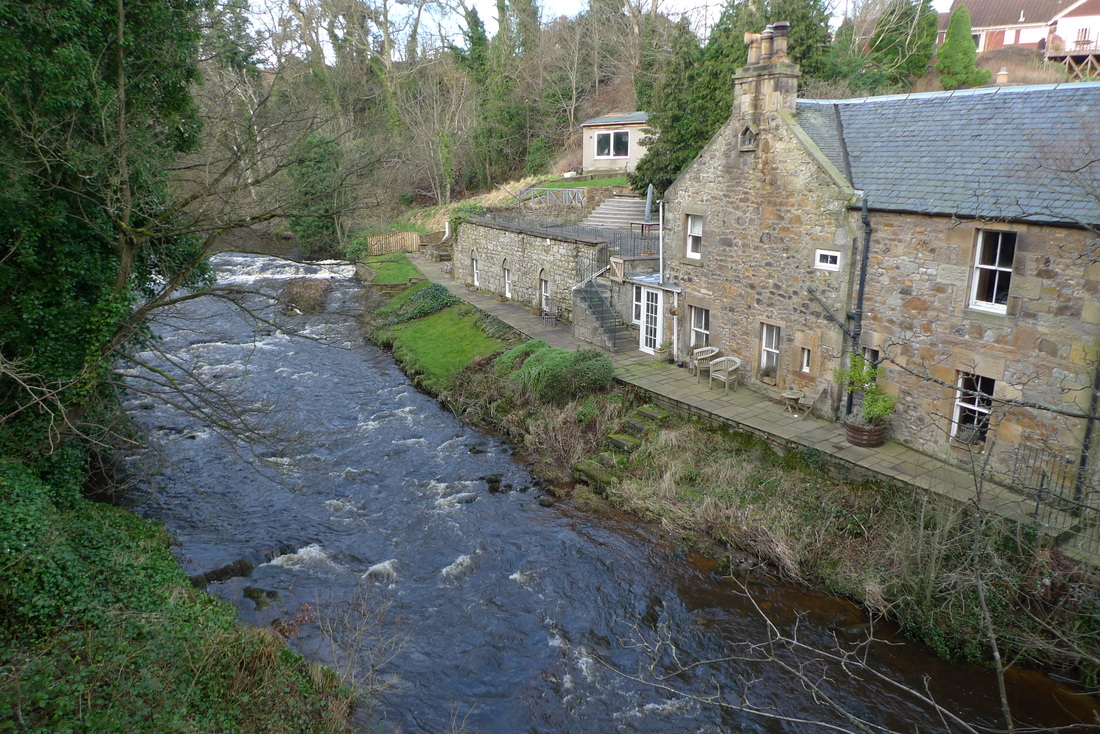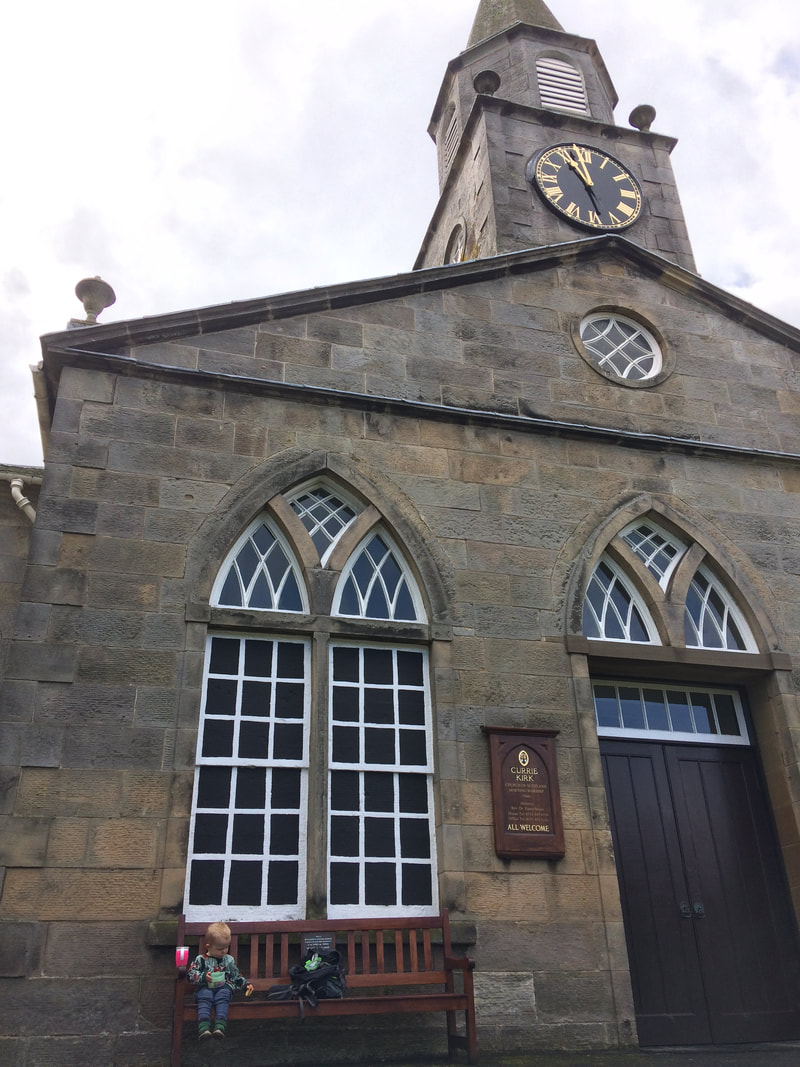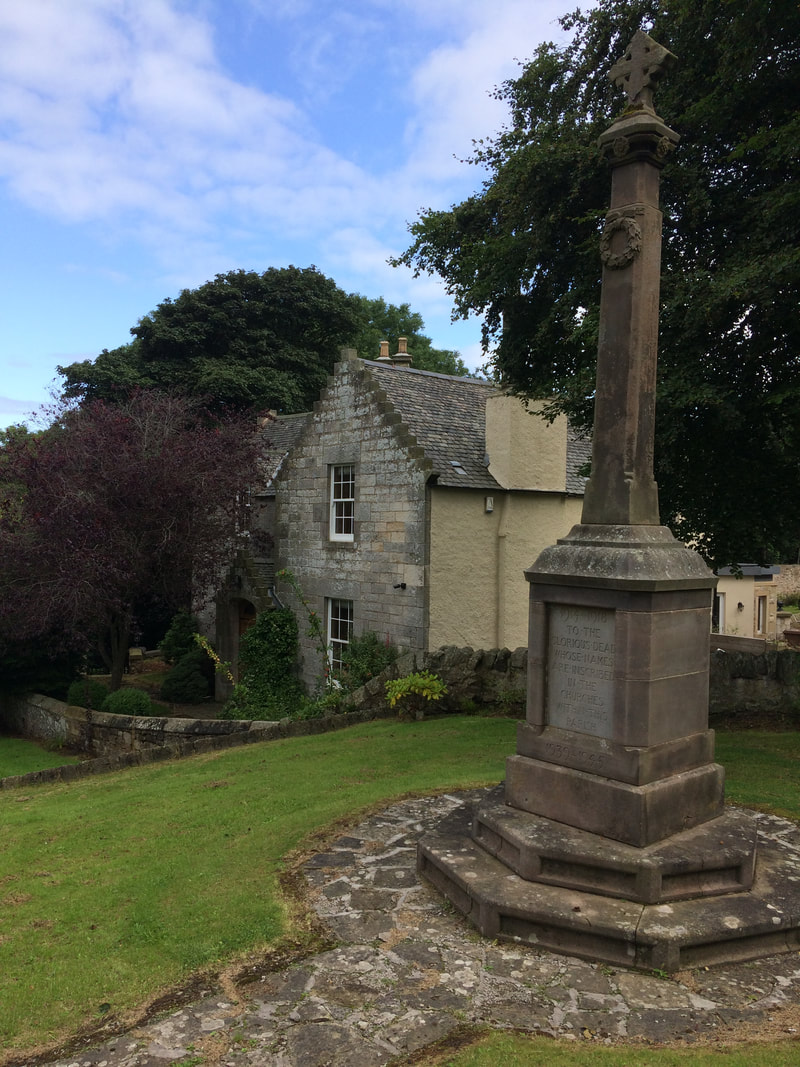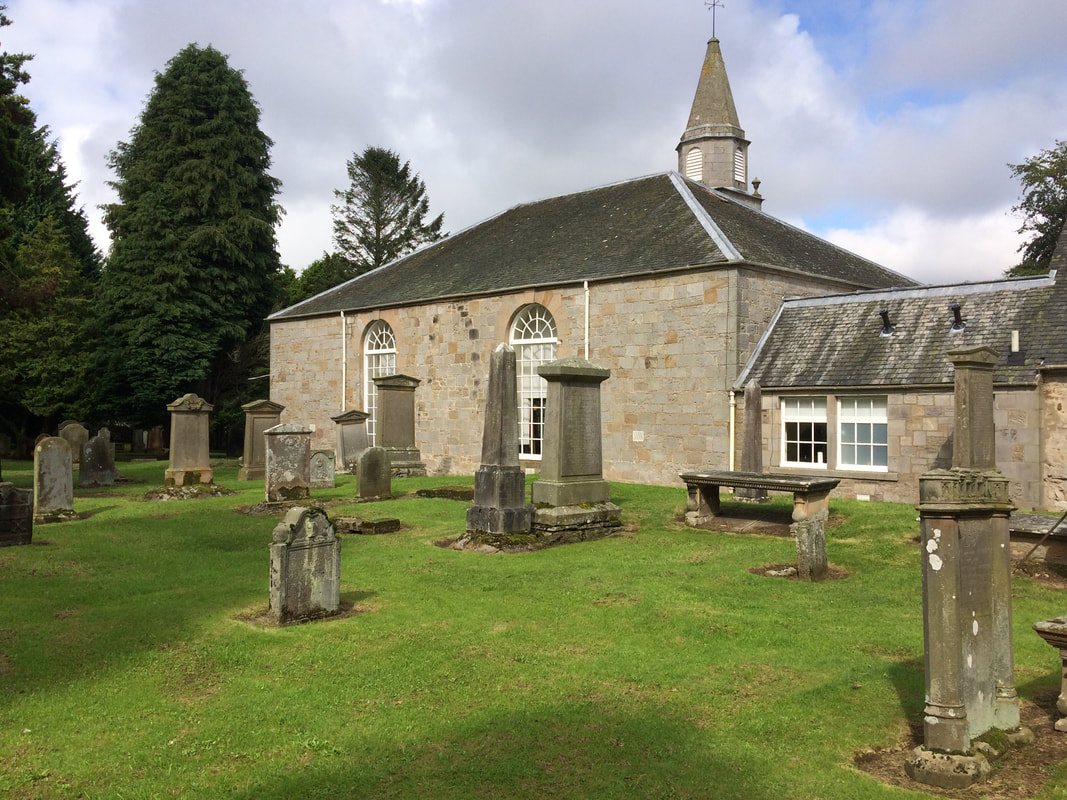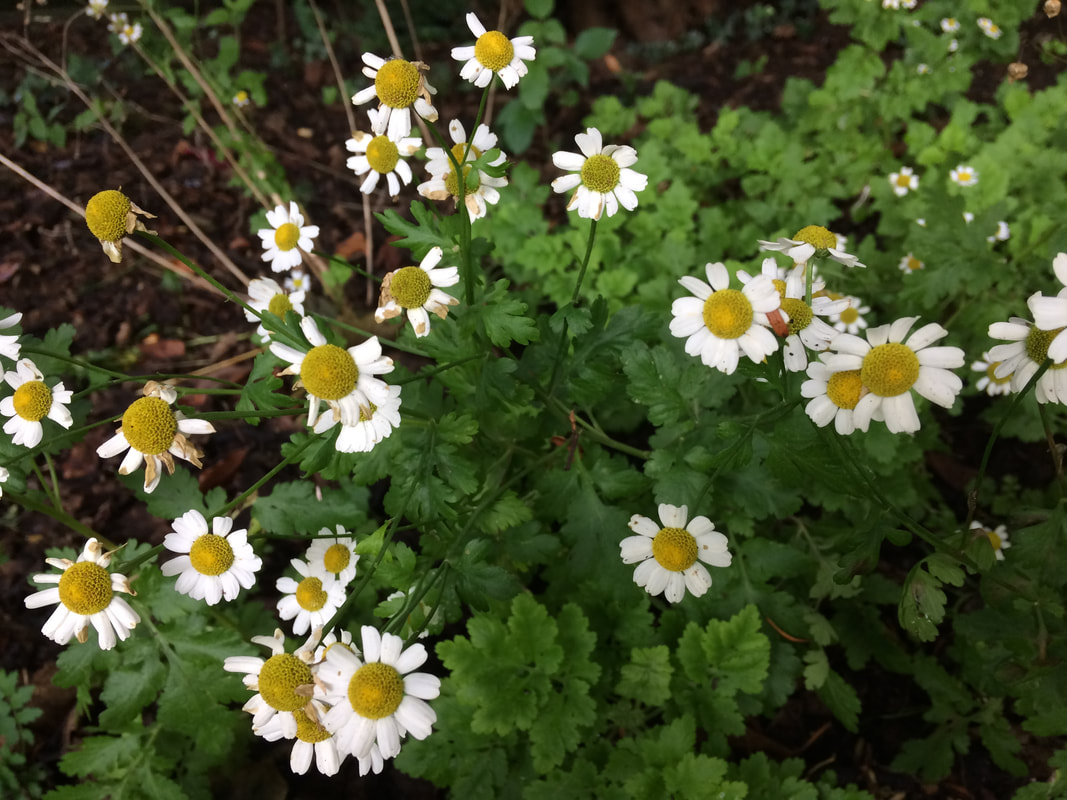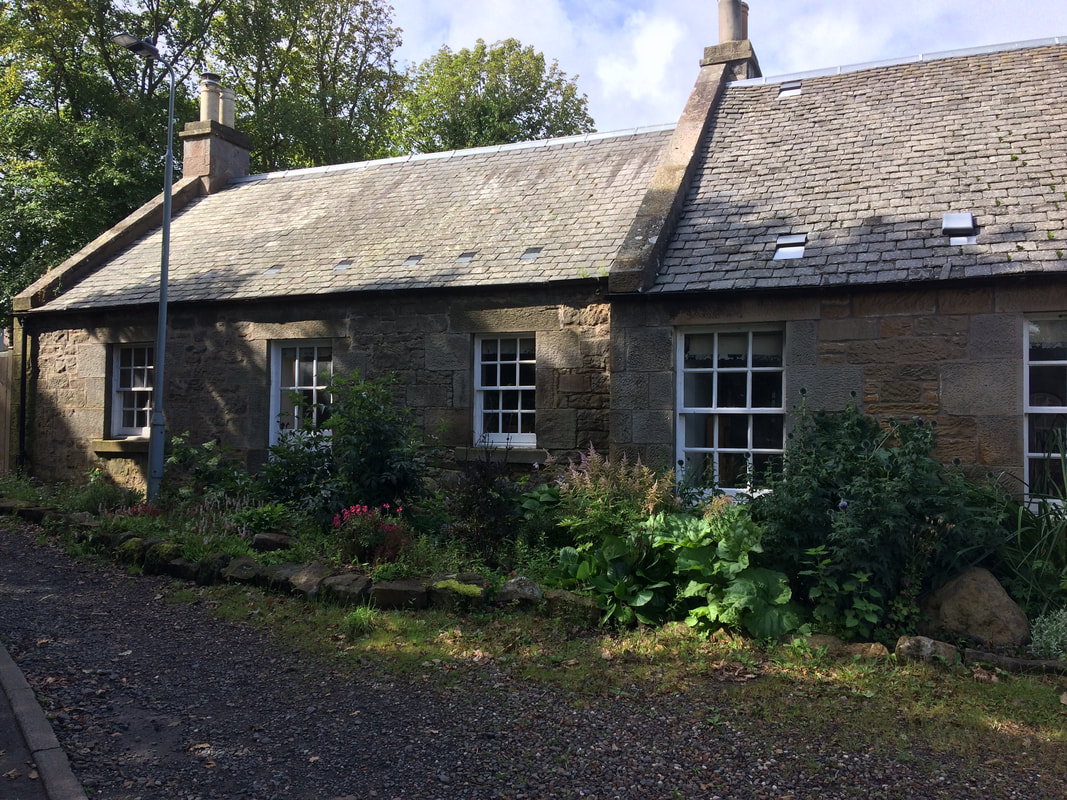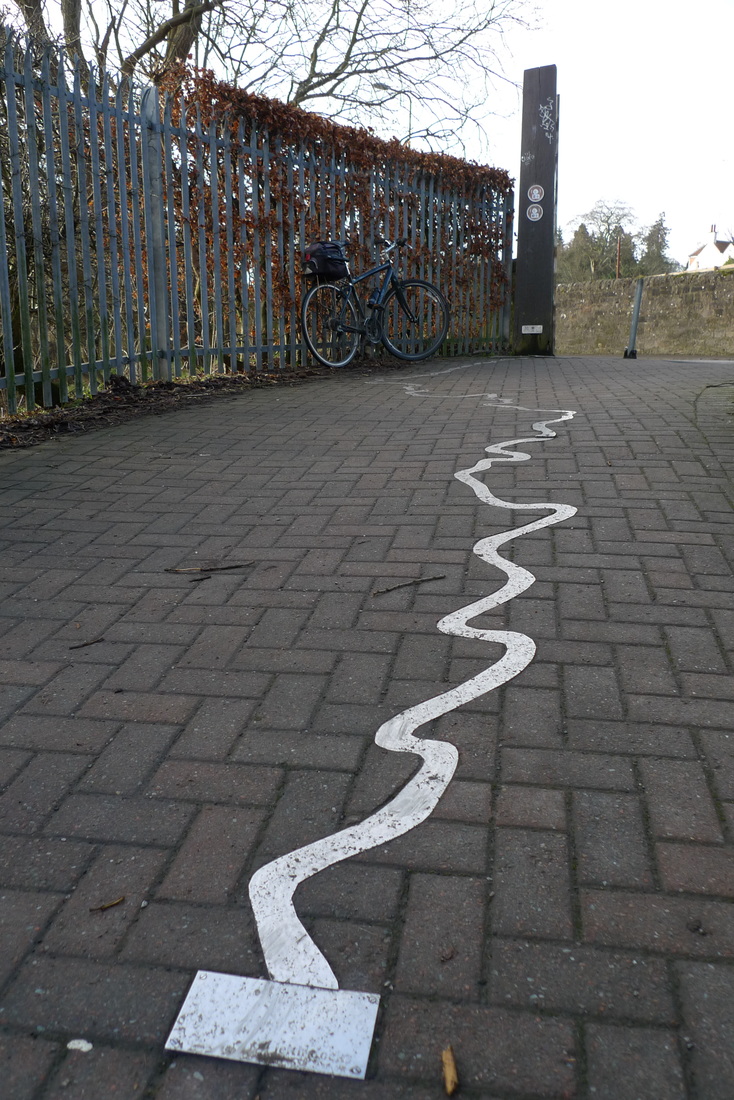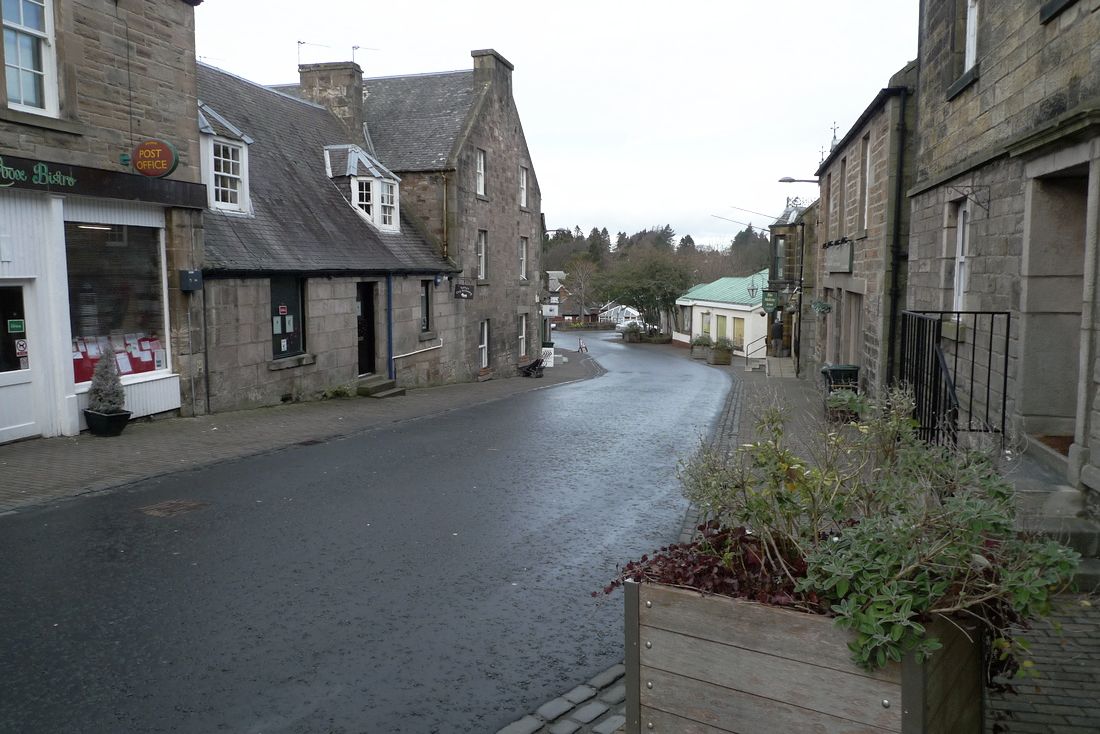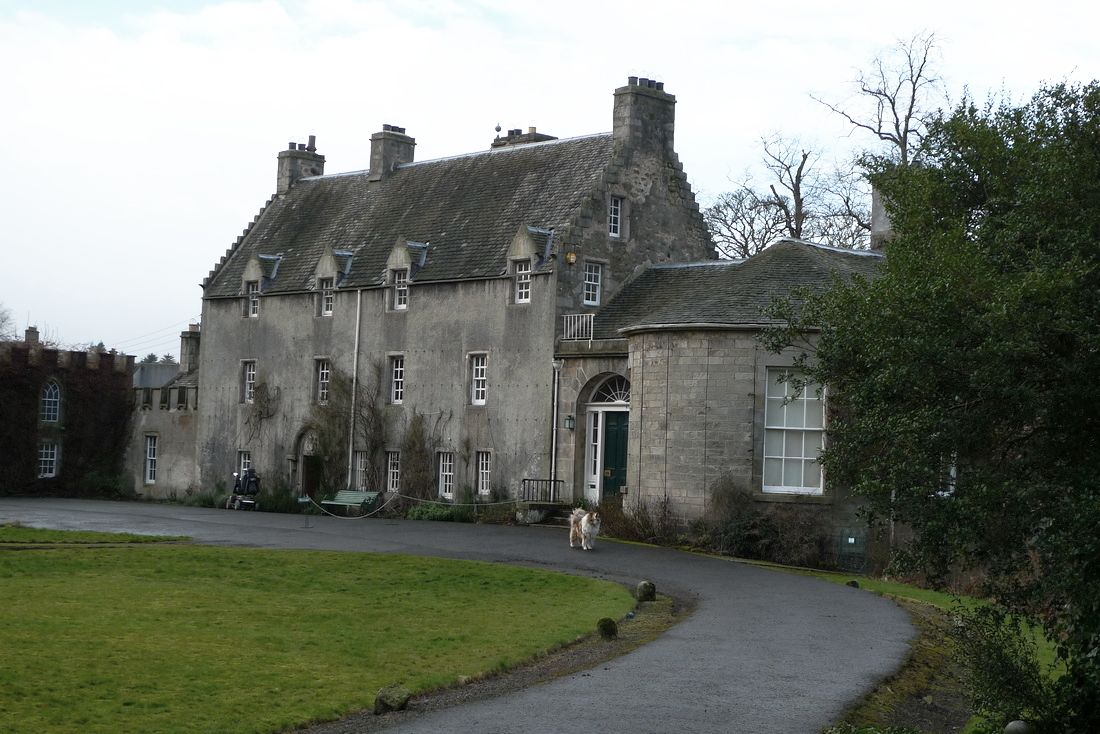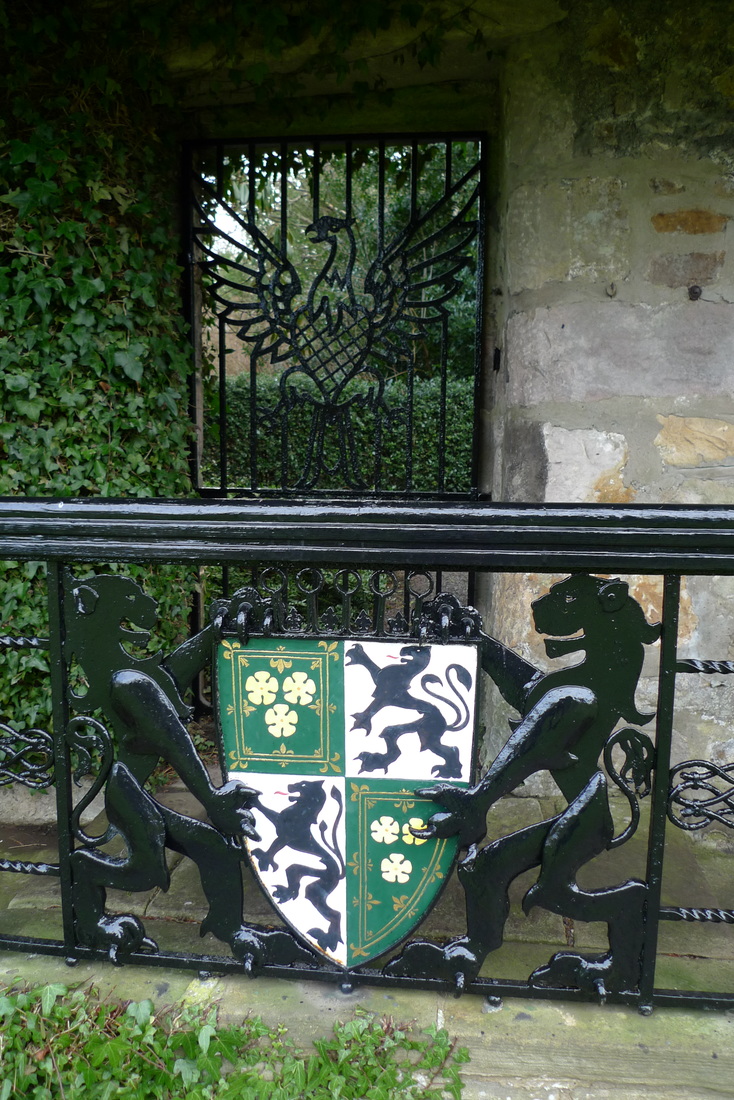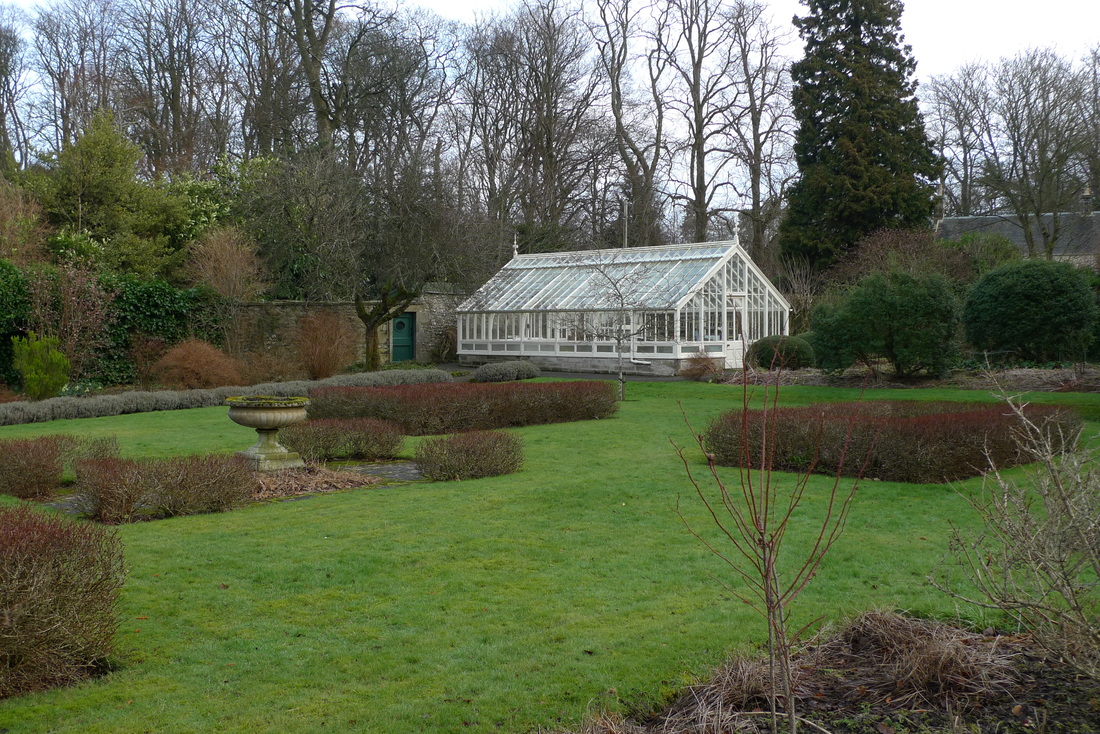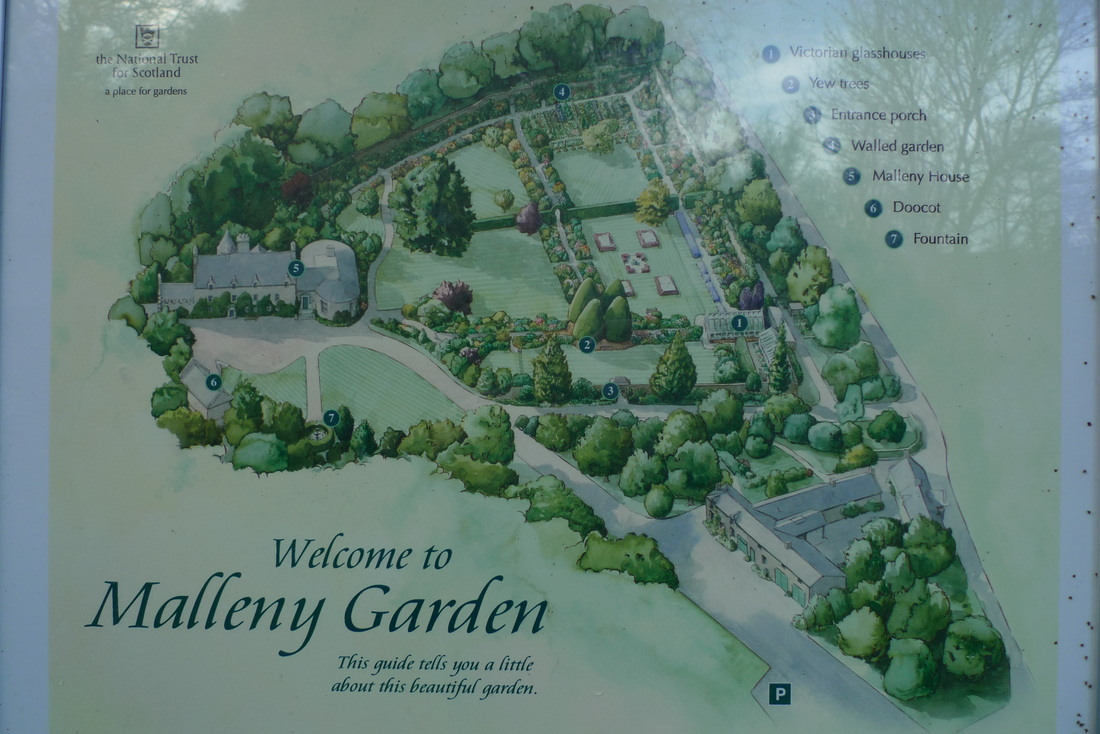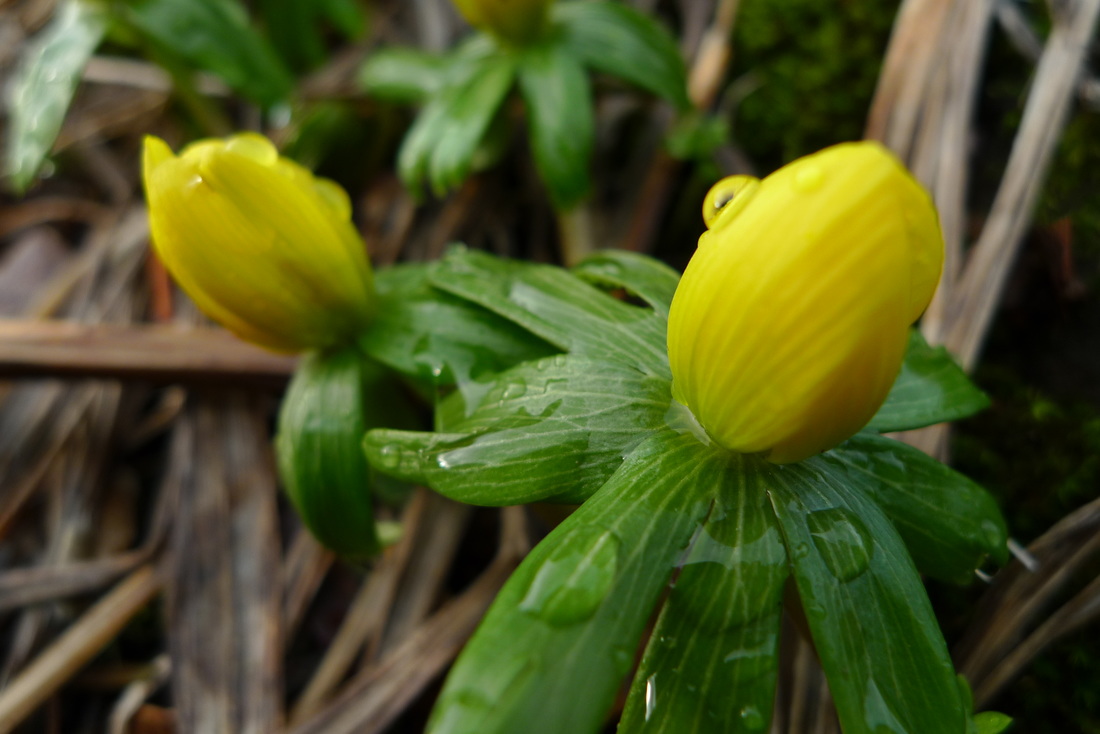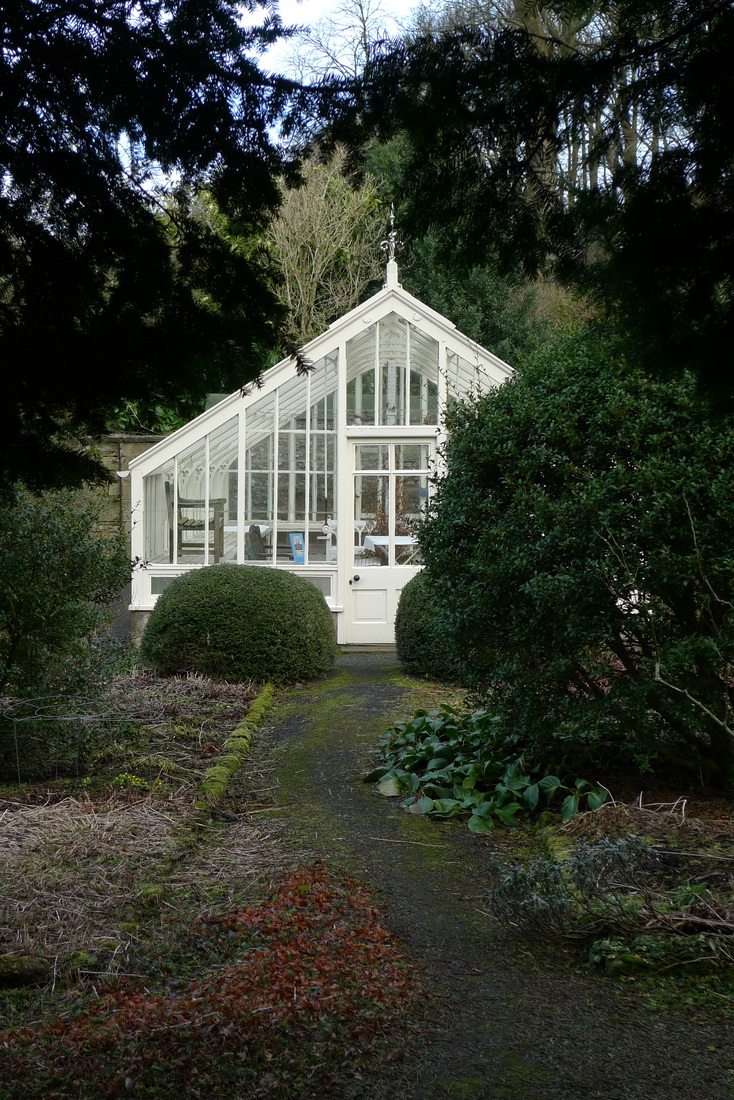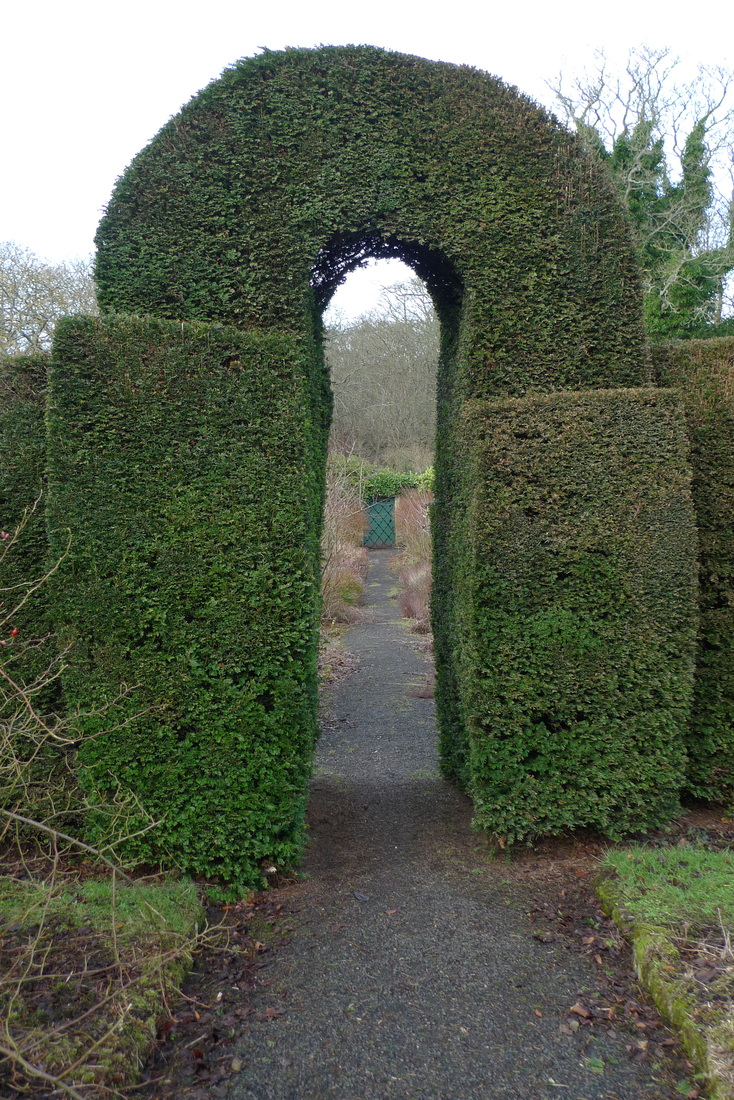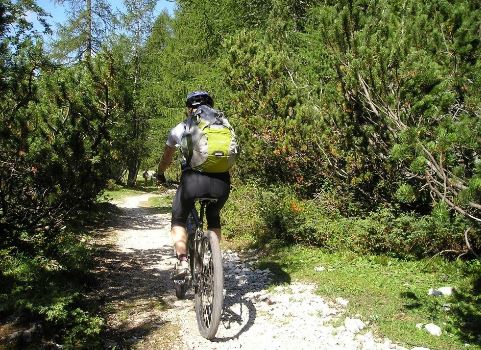|
Scotland is home to some of the world’s best cycle routes. Long or short distance, the country’s cycle routes traverse through roads and wilderness and showcase the country’s majestic scenery all the way from north to south. There’s over 3,800 km worth of National Cycle Routes in Scotland that span forest, townships, coastline, rural areas, railway paths and the country’s many historical landmarks. From short family-friendly cycling trips to multi-day adventures, Scotland’s variety of cycle routes has something for everyone. Discover Scotland’s breathtaking landscape and surrounding islands on these 10 cycle routes: Inverness to John o’Groats This stunning cycle route forms part of the North Sea Cycle route that passes through eight European countries. Spanning a huge 321 kilometres, the Inverness to John o’Groats cycleway takes well-equipped cyclists through some of Scotland’s most remote landscape, passing through rich heritage sites in the Flow Country of Caithness and Sutherland. See archaeological remains, impressive hills, wild coastline, and ancient peatlands before arriving in the northernmost part of Scotland, John o’Groats. Distance: 200 miles / 321.7 kilometres Terrain type: Mostly sealed road Devilla Forest loop track, Fife Discover Scotland’s mysterious woodlands on the Devilla Forest Loop Track. This 9.5km cycleway is a mix of fast and flowy forest track, ideal for mountain bikers. With a max elevation of 24 metres, this mostly-flat trail is perfect for families and not too strenuous for parents biking with little ones on one of these fancy mountain bike seats. Weave through Scots Pine trees, pass the Peppermill Dam, and spot the red squirrels on this pleasant, family-friendly loop track. Distance: 5.8 miles / 9.4 kilometres Terrain type: Forest track Innocent Railway Path, Edinburgh If you want to try something different on your trip to Edinburgh, cycle the Innocent Railway Path. This is the longest bike track in the south-east of Edinburgh and begins with a 500-metre long, dark ride through St. Leonard’s Tunnel. The tunnel is one of Edinburgh’s best-kept secrets, dating back to 1831. Cyclists emerge from the tunnel into lush off-road paths with Arthur’s Seat, an extinct volcano, in view. Distance: 3.8 metres / 6.1 kilometres Terrain type: Sealed underground rail path and off-road track Isle of Bute circuit loop, Bute Head to the Isle of Bute for a day of cycling in the stunning Firth of Clyde region. Bute is laden with a variety of coastlines that cyclists pass through on the circuit loop track. This cycleway is perfect for a family ride and with frequent ferry crossings from the mainland, it makes an easy day trip. Stop in Rothesay for a bite to eat, and a peek at the historic Rothesay castle. Distance: 13.7 miles / 22.1 kilometres Terrain type: Sealed road Ayrshire Coast Cycle Way, Irvine to Ayr The Ayrshire Coast Cycle Way makes up part of National Route 7, passing through the vast coastline that connects Irvine and Ayr. With almost 25 kilometres of sealed road, cyclists can enjoy the smooth ride and take in stunning views of the Isle of Arran. The track veers inland and passes two Scottish Wildlife Reserves at Gailes Marsh and Shewalton Wood before reaching Troon where cyclists return to coastal tracks all the way to Ayr. Distance: 15.4 miles / 24.8 kilometres Terrain type: Sealed road 4 Abbeys cycle route, Jedburgh, Kelso, Melrose, St Boswells This 88-kilometre cycle route links the four main abbeys in the Scottish Borders: Jedburgh, Kelso, Melrose and St Boswells. Each of the four abbeys make great places to stop for a bite to eat or an overnight stay. The long-distance trail passes through some very remote areas and requires a high level of fitness and cycling capability. This is the ultimate Scottish scenic route that showcases much of the country’s landscape and historical locations. Distance: 55 miles / 88 kilometres Terrain type: Mostly sealed road Castle Route, Isle of Arran See the beautiful Isle of Arran on this 10-kilometre mountain bike loop track. The Castle Route track is suitable for all riding levels, from novice to advanced, and showcases Arran’s diverse landscape and key historical attractions. Enjoy this fun family adventure, stopping to enjoy each destination along the way such as the Heritage Museum and the 16th century Brodick Castle. Keep an eye out for basking seals on your ride along the coastline. Distance: 5.5 miles / 10 kilometres Terrain type: Forest track and coastal path Great Glen Way, Inverness to Fort William The Great Glen Way is an incredible Scottish mountain biking journey, running from Inverness to Fort William. Spanning a huge 117 kilometres, cyclists travel the dividing line between Scotland’s northern and central highlands, making their way from coast to coast. Each section of the cycle route varies in difficulty, with much of it following the Caledonian Canal Towpath. Some sections are flat and traffic-free, while others require long, steep climbs. Given the distance, this cycle route requires a high level of mountain biking capability, adequate cycling gear and self-sufficiency. Distance: 73 miles / 117 kilometres Terrain type: Mountain bike track and sealed road Loch Leven Heritage Trail, Perthshire Discover Scotland’s nature and wildlife on this easy, flat loop track around the banks of Loch Leven. Be sure to spot the osprey, kingfishers and otters who frequent the area before heading further into the heritage trail to see the area’s lush greenery. The Loch Leven Heritage Trail makes a great day trip, with plenty of choice for a tasty lunch. Enjoy marvelling at the Lochleven Castle (famous for holding Mary Queen of Scots prisoner from 1567-68), which sits in the middle of the loch. Distance: 12.12 miles / 19.5 kilometres Terrain type: Off-road track Sandhead to the Mull of Galloway Cycle from Sandhead to Scotland’s most Southern point, The Mull of Galloway. This cycle route is famous for its picture-perfect scenery, with Luce Bay on one side and the Irish Sea on the other. See basking seals, Scottish wildflowers and sweeping vistas of rolling hills en route to The Mull of Galloway where you can enjoy a bite to eat in Scotland’s stunning south.
Distance: 14.9 miles / 24 kilometres Terrain type: Sealed road
0 Comments
The Colinton Tunnel is one of the most spectacular features of Edinburgh's cycle network. Visit it on this 8 mile traffic-free route following the Union Canal path and a disused railway line. The route ends in Balerno where you can visit the walled garden of Malleny House.
Fountainbridge The route begins on the Union Canal which can be found on Fountainbridge- hidden behind glass office buildings is something like a mini Amsterdam with the colourful canal houseboats and alfresco dinning . There is even a canal boat serving coffee.
-The canal is a popular place for locals. It can be busy with pedestrians and cyclists and is very narrow in places, so it is not a place to go very fast.
Despite being in a city the canal path has a surprising countryside feel with plenty of trees, ducks and swans. Slateford Aqueduct After about 2 miles you will come to the Slateford Aqueduct. Although an impressive piece of engineering this is probably the most annoying part of the canal for cyclists. The narrow cobbled path makes it pretty impossible to cycle over and the signage instructs you to push your bike. Some cyclists still give it a go, but there is so little space for passing safely that I recommend just pushing the bike and once at the other end you will be able to pedal again.
Colinton Dell
After the aqueduct it's just two minutes more cycling until you reach the turn-off. It is quite easy to shoot past it, but just look for the blue directional signage. There are three signs on a pole and one of them points to Balerno and Colinton.
This takes you up and onto a bridge that crosses the canal and then the A70 Lanark Road to join a path that was once a railway line. Passenger trains ran on this line until 1943, goods trains continuing until 1967. It follows the Water of Leith and heads into Colinton Dell.
This is a special part of the city and it is worth parking up the bike and doing a bit of walking along the many trails that take you through the woods and alongside the water.
Colinton Tunnel- 3.7 miles from Fountainbridge
One of the most exciting parts of the route is cycling through the railway tunnel at Colinton. This used to be a gloomy experience, but it has been transformed into one of the most beautiful parts of Edinburgh's cycle network, thanks to the mural painted on every surface of the tunnel.
The theme of the mural is local history and heritage. You will see an otter swimming, a train pulling into a station packed with interesting characters, a horse and carriage racing by and much more. The mural is nearing completion, but still requires donations and if you wish to give something there are details on the tunnel website.
Spylaw Park
After the tunnel you come to Spylaw Park where there is a particularly striking grand house. This was the mansion of James Gillespie who made his fortune as a snuff merchant. He built the house in 1773 next to his snuff-mill and today it contains private flats.
The park is ideal for a picnic with a huge grass area, plenty of benches and a children's play park. Or head through the park to get up to The Spylaw, a country pub with stylish interior and a beer garden. If coffee is more your thing then Java Moment (not open weekends) on Bridge Road does an excellent cup.
"I kept always two books in my pocket, one to read, one to write in." Robert Louis Stevenson. His statue in Colinton village depicts him with two books. Colinton village is worth a wander, particularly down Spylaw Street with its idyllic cottages leading down to a bridge where you are surrounded by the sound of the Water of Leith rushing below. On the other side of the bridge there is the gorgeous Colinton Parish Church. This is also where you will find the Robert Louis Stevenson statue. The famous author visited Colinton as a boy and the statue depicts him as a boy with his dog, a skye terrier called 'Coolin'. There is a poetry trail around the village with panels containing verse from his work.
Mills and Railways
All along this route there had been a thriving milling industry- saw mills, paper mills, barley and grain mills. The railway serviced these mills and led to a housing boom along the line as the train made it easy to travel to Edinburgh. Passenger usage was so robust that in 1914 a normal train consisted of 8 coaches and this was increased to 13 on Saturdays. After the First World War the railway started to go into decline, largely as a result of competition from buses. Monuments to the area's industrial past are rare and what you will mostly find is trees, gently flowing water and the chance to spot wildlife. If you are lucky you might see deer, heron, badger and kingfisher.
Juniper Green cake stop
About one mile from Colinton is Juniper Green. For cake or lunch leave the cycle path to go into the village where you will find Molly's on Lanark Road. The traybakes are legendary with their toppings of thick chocolate and delicious flavours like orange Aero. The lunches and breakfast are also good and they have some outdoor seating for sunny days. There is an attached delicatessen where you can pick up fresh fruit and other interesting foods for the journey ahead.
Currie Conservation Village
An elegant church, with a clock tower, appears suddenly- it is quite a striking vision after seeing only trees and and glimpses of the Water of Leith for the last couple of miles. This is Currie Kirk (1784) and the little patch of cute cottages surrounding it is part of the conservation village. It is worth getting off the bike and having an explore around here.
Balerno
Once you reach the end of the route, at Balerno, it is marked with a metal sculpture set into the pathway that signifies the twisting route of the Water of Leith. At this point you emerge onto Bridge Road. Turn left here to reach the centre of Balerno and for Malleny Garden. It can be a busy road, although there is a cycle lane.
Main Street in Balerno contains a couple of pubs, a hairdresser and a pharmacy. It is a pretty street the way that it curves uphill and is lined with attractive stone buildings and bright flower boxes.
Malleny Garden
The garden is sign posted from Bridge Road. You will see the large sign as you cycle towards the centre of Balerno. Malleny House is not open to the public, but the gardens are in the care of the National Trust.
The entrance (admission fee) to the garden is through a small gate in the wall that has a bird, like a phoenix, incorporated into the ironwork. This is the Gore Brown Henderson crest, former owners of Malleny House. On the other side of the gate there is a coat of arms, representing the Rosebery family, also former owners of the house.
The gardens are small, but have many interesting features, including clipped yew trees planted in the 17th century, Victorian glasshouses and the largest rose collection in Scotland.
An interesting fact is that spring arrives up to 10 days later here than it does in the centre of Edinburgh. This is because the garden is north-facing and has an altitude of 170m.
Looking for other ideas of cycling routes from Edinburgh?
Why not try the route to Musselburgh? It is also mostly traffic-free. All mountain bikers remember their first time. Riding across different types of terrains, rocks and across rivers can be exciting and fun. However, it can also be daunting and terrifying. With practice it gets easier and a lot more fun.
There are a few tips that every mountain biker wished they knew when starting out. Here at Road and Mountain Bike Reviews we have put together a few tips to help a mountain biking enthusiast take their skills to the next level. Staying Loose A mountain bike is designed for tackling technical terrain. The best thing to do, is let the mountain bike do its job. Staying relaxed and staying loose will help the mountain bike move beneath the rider. The more complex the terrain, the more room the mountain bike needs. When riding downhill, a rider should think about pushing up arms while pushing out their legs. Learning to allow the bike to move beneath them will allow the rider to float over most obstacles. Having a relaxed grip of the handle bars will help the relaxation of the elbows and forearms. Momentum Momentum can be a mountain bikers’ best friend. Maintaining momentum or holding speed can be beneficial for a rider to cover technical terrain with more ease. Reducing the speed can sometimes make certain types of terrain much trickier. A rider should try and maintain speed whenever they can. However, only as long as they feel safe and in control of the bike. Rider's Weight Do not forget to switch your body weight. When climbing, a rider should lean forward, and try to keep the centre of gravity over the back wheel. On a downward trail, the rider should go in the opposite direction. Positioning the body in the correct way will allow the rider to move through the climb or descent much easier. Brakes A common mistake by mountain bikers is to pull on the brakes. Mountain bike brakes are designed to modulate the speed with one or two fingers. Change the pace of the mountain bike before the turn, rocks or technical will allow the rider to have a better control of the bike. If the rider feels like they are going too fast, use the right brake for the back brake. The bike may skid, but at least there is less chance of the rider going over the handle bars. Spending some time becoming familiar with the brakes will allow the rider to learn how to control the bike and how it responds. The majority of entry level mountain bikers think that they have only two settings. Locked and not using the brake. When the brake is locked, the rider gets less control. The most power comes from the front brake. The rider should be careful not to use too much braking power. When a rider is descending, learning to feather the brake will help the rider control the bike. Gears Now that a rider has got familiar with the brakes. The rider should spend time getting to know the gears on the bike, so they can change the pace of the bike to the riding conditions they are faced with. Mountain bike trails have a wide combination of terrain, combined with climbs and descents. Learning, how to shift comfortably between gears will help the rider maintain momentum- a mountain biker's best friend. Suspension The majority of mountain bikes have some sort of front suspension, allowing the rider to role over bumps unnoticed. They only work if the rider has them set on an active position. A rider should take a minute to learn how to set their suspension. Be careful, a rider does not want to totally lock their suspension to fully rigid on the trail. Target Fixation Entry level mountain bikers tend to stare directly on the obstacle or rock they are trying to avoid. The bike tends to go in the direction that the eyes are fixed on. Looking past the obstacle, to the direction the rider wants to go, far down the trail and keeping their head straight will help the rider move with more ease down the trail. Better Riders Riding with better riders not only helps push oneself, but it also helps the rider pick up some of the more experienced mountain bikers' riding habits. For example, how they handle themselves on the trail, the mountain bike and prepare for a day out on the trail. These valuables skills can be picked up by watching more experienced riders. Wheelies Learning to perform a wheelie or a nose wheelie can be very beneficial for a rider while out on the trail. Pulling a wheelie to get over an object, or a nose wheelie so the rear of a mountain bike misses the object. Even if a mountain biking enthusiast can’t perform a wheelie, knowing how to take the weight off the bike, will make parts of the trail much smoother and easier to control. Pulling wheelies is much easier with clipless pedals. Explore Once a rider has explored their local trails, exploring new trails will help the rider sharpen their mountain biking skills and allow the rider to challenge themselves. This will eventually allow the rider to become a better all-rounder mountain biker. More Riding No one becomes a better mountain biker overnight. It takes time and practice. Spending more time on the bike, riding to the local shops, to work or to the local park will improve a rider's riding skills. There may be no need for a monthly gym subscription. Mountain Bike Groups Throughout the country there many mountain biking groups that cycling enthusiasts can join. There is nothing more rewarding than spending time with people who share your passion. It is an ideal way of building up a cycling enthusiast's knowledge of mountain biking. A wide range of mountain biking groups are also available online. Sitting in the saddle Mountain bikes are equipped with a saddle. However, that doesn’t mean you have to use it all the time. More experienced mountain bikers refrain from sitting in the saddle as much as possible as the riders legs act as the perfect shock absorbers. There’s a lot to absorb. A second benefit of being off the saddle, is that the rider can easily and quickly switch their body weight to help control the bike. Mountain Biking Attire Mountain biking attire can vary considerably depending on weather, time of the day and locations. Checking the weather forecast can allow the rider to find out how many layers they should wear. The rider should refrain from going out in their best clothing and wear comfortable clothing that the rider doesn’t mind getting dirty or damaged. Investing in a pair of padded shorts can be beneficial, with a pair of good quality mountain biking shoes. The rider should not forget about wearing a good quality trail helmet. Studies have shown, wearing a bike helmet can reduce serious head injury by seventy percent. Extra Provisions If a rider is thinking about spending the day out at the trail it’s definitely worth them taking more than their credit card. Having some small snacks and a drink to keep away any dehydration and hunger pains is always a good idea. Mountain biking can be no fun if a rider is riding on any empty stomach or a dry mouth. Packing an extra tube in case of a puncture can definitely come in handy. Learning how to change a flat will definitely come in handy if a rider is thinking about biking on a regular basis. Opportunities to Improve All mountain bike trails are different with a wide range of climbs, descents, terrains and technical parts. Entry level mountain bikers can find it daunting. Taking the plunge on every ride to try something different will improve a rider's mountain biking skills. Always skipping the opportunity over fear will cause the rider not to improve. However, a rider should only take on a new challenge if they feel it is safe to do so. Bike Maintenance Exploring a new trail is no fun if you're hearing funny noises as you pedal. Mountain bikes require regular maintenance. One of the best ways of maintaining a bike is getting into a good habit of cleaning it on a regular basis. Cleaning the bike on a regular basis will allow the rider to spot any wear and tear before it turns into a more serious issue. Taking a few minutes to check over the bike can save the rider from a long walk home. Checking the air in the tires is at the required PSI level as flat tires can cause the bike to work a lot harder. The required PSI level can be found in the instruction manual. Testing the brakes by rolling the bike back and forth by gently applying the brake lever. Check that the brake pads have not worn out. Make sure the chain is working efficiently with the relevant lubricant applied. We hope you have enjoyed our article on Sharpening Up Your Mountain Biking Skills and found it helpful and informative. A guest blog from Mike Murray at Road and Mountain Bike Reviews |
Categories
All
Archives
July 2024
|

